Jun 15 – We set the alarm for 5am, but of course we didn’t need it, as we woke up every hour throughout the night to check the time. Are we the only ones who do this? The 15-passenger van arrived at 5:15 to take us to the next chapter of our Ecuadorian adventure – Tena. The van picked up passengers at various spots around the city until all the seats were full.
It was still dark for the first part of our ride, but the popping in our ears let us know we were coming down from Quito’s high elevation. Then we had to remove our jackets as the weather warmed up. We saw some breathtaking views of the Andes covered in morning mist, but the condensation on the windows didn’t allow for any photos. Use your imagination!
By 9:30 we arrived in Tena, and the van stopped right at our hotel. Just like that, we’re back in the jungle!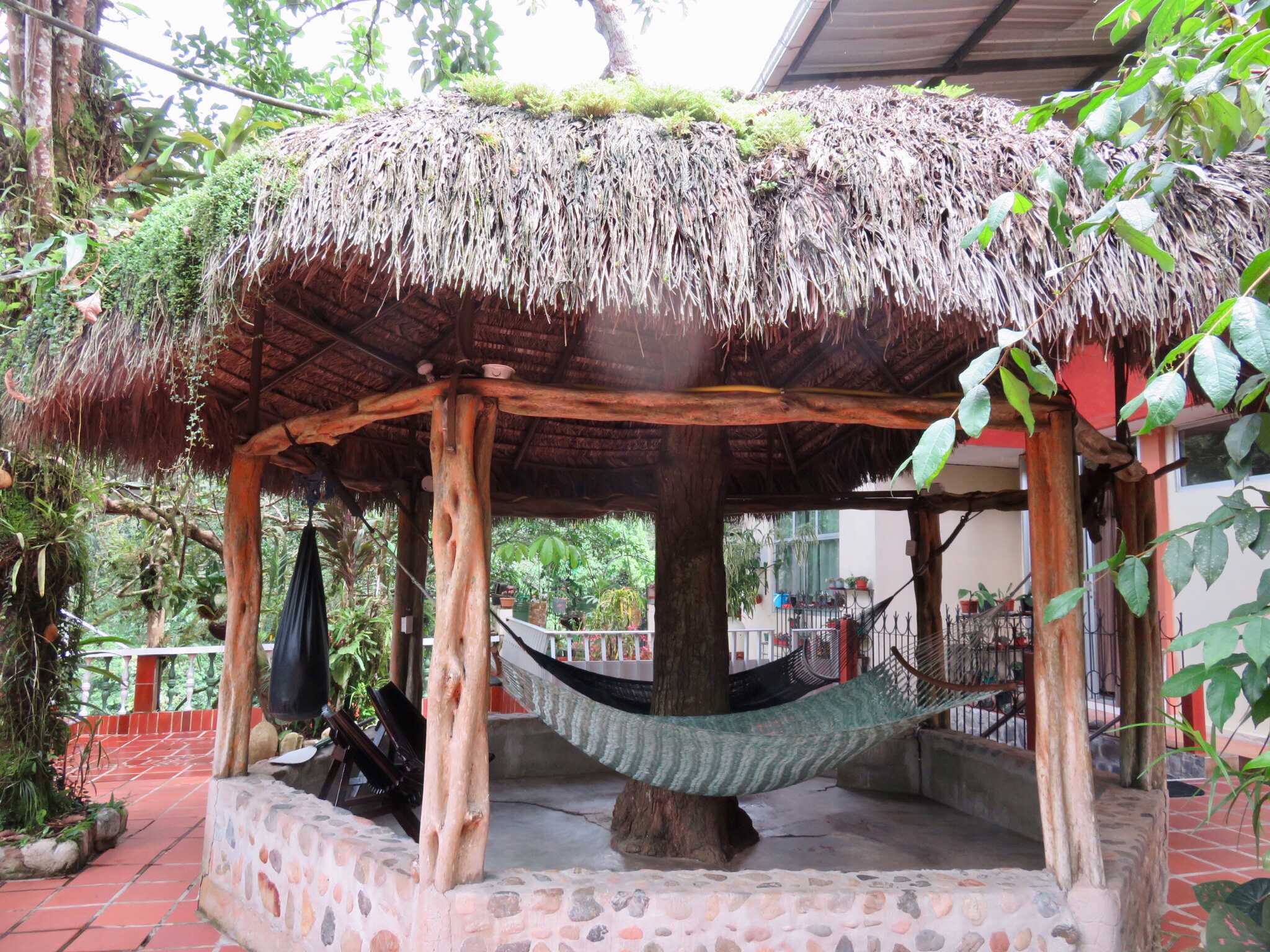

Tena is a scruffy little town, touted as the cinnamon (canela) and wayusa capital of the world. Wayusa is a leaf that is dried and used as a caffeinated tea, drunk by indigenous people as an aid to having visions. Located on the Pano River, Tena caters to adventure tourists who come here to whitewater raft, kayak and take jungle tours to interact with the indigenous Quechua people and partake in shaman rituals. 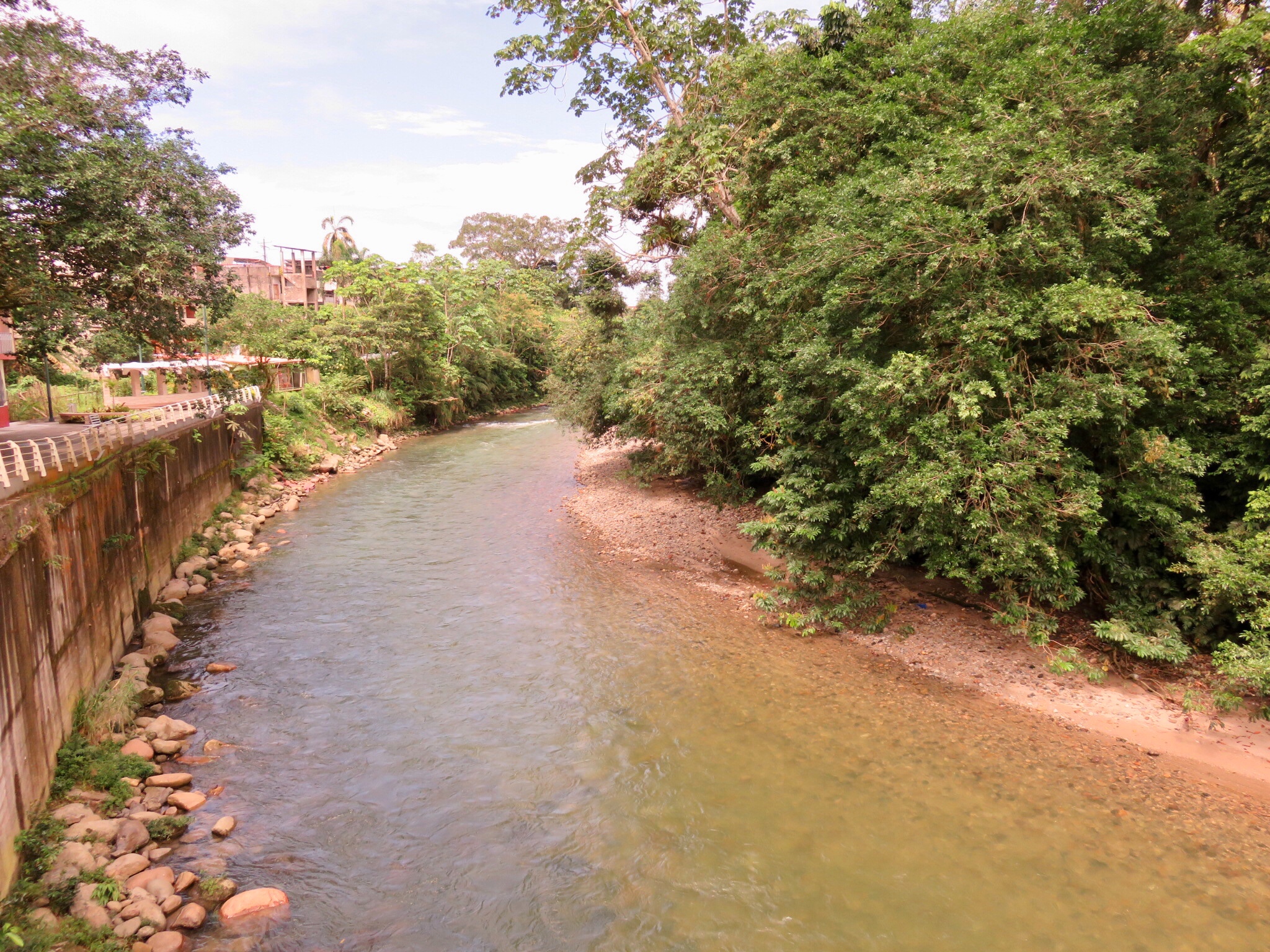
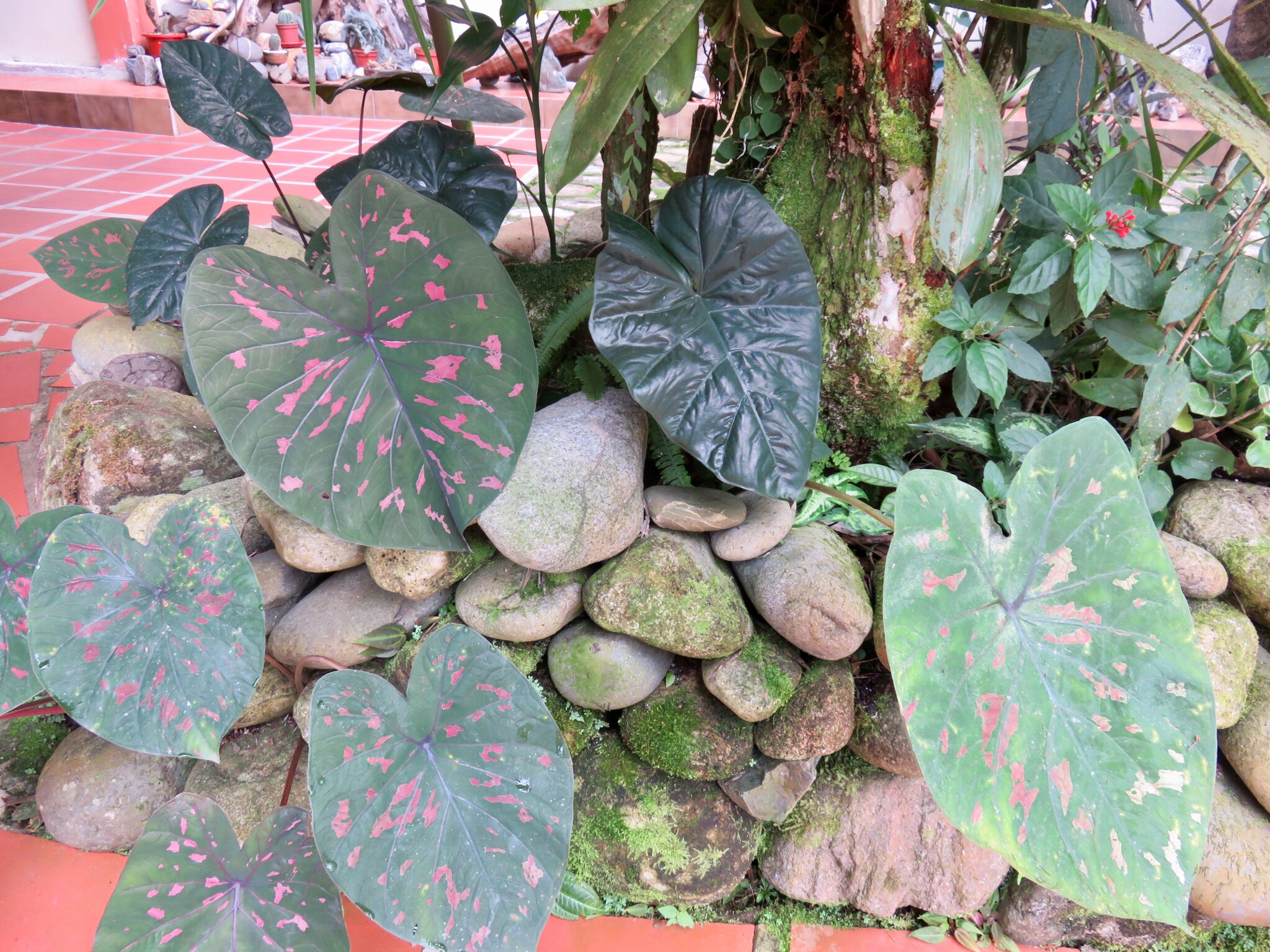 We are here for just a day, prior to meeting up with Jim’s professor colleague tomorrow.
We are here for just a day, prior to meeting up with Jim’s professor colleague tomorrow.
Tena is also home to Parque Amazonico La Isla del Amor, a nature park right next to our hotel. We dropped off our bags and walked over to check it out.

What’s the first thing we saw? An observation tower! “Up!” said Jim, so up we went.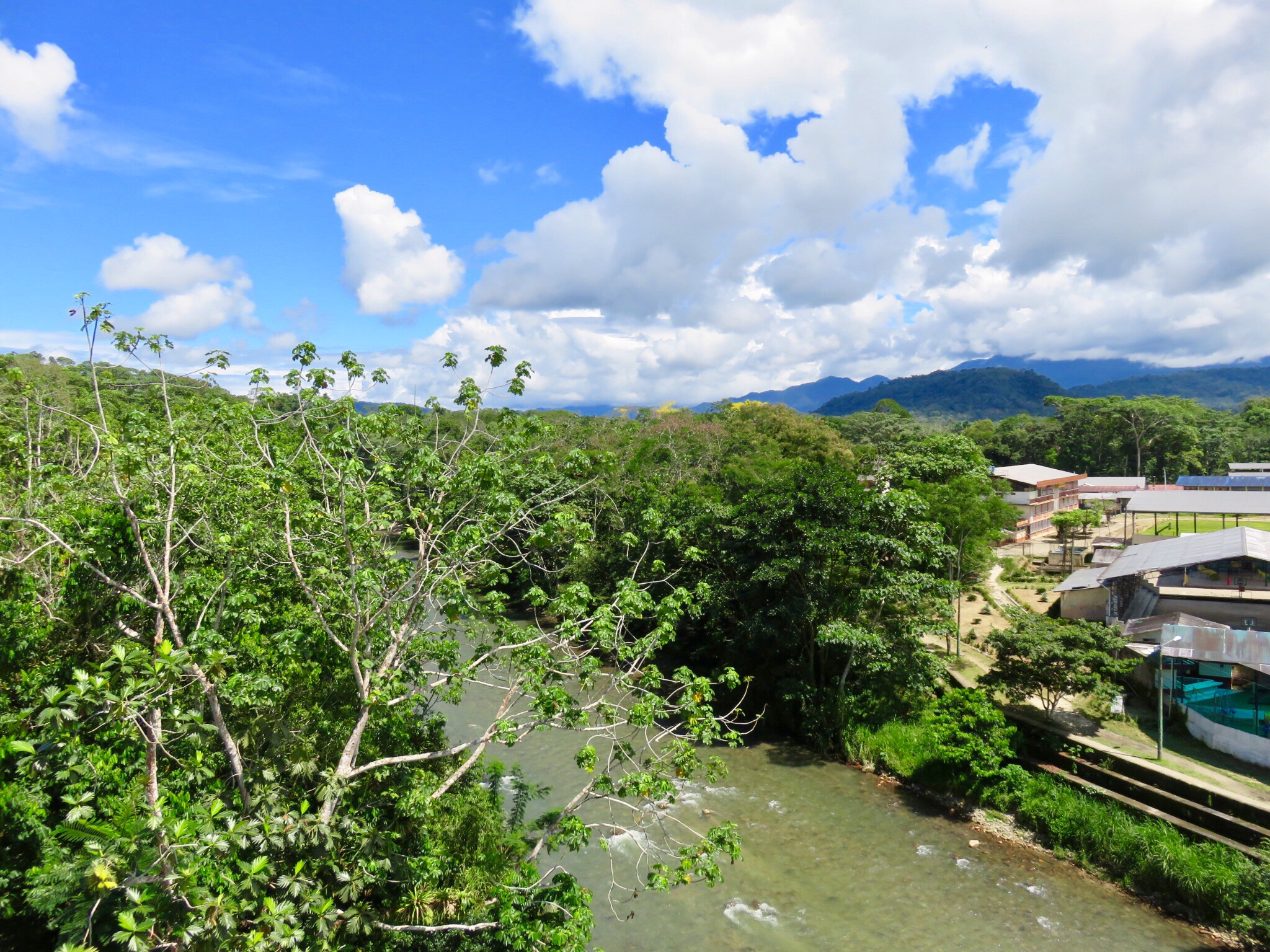
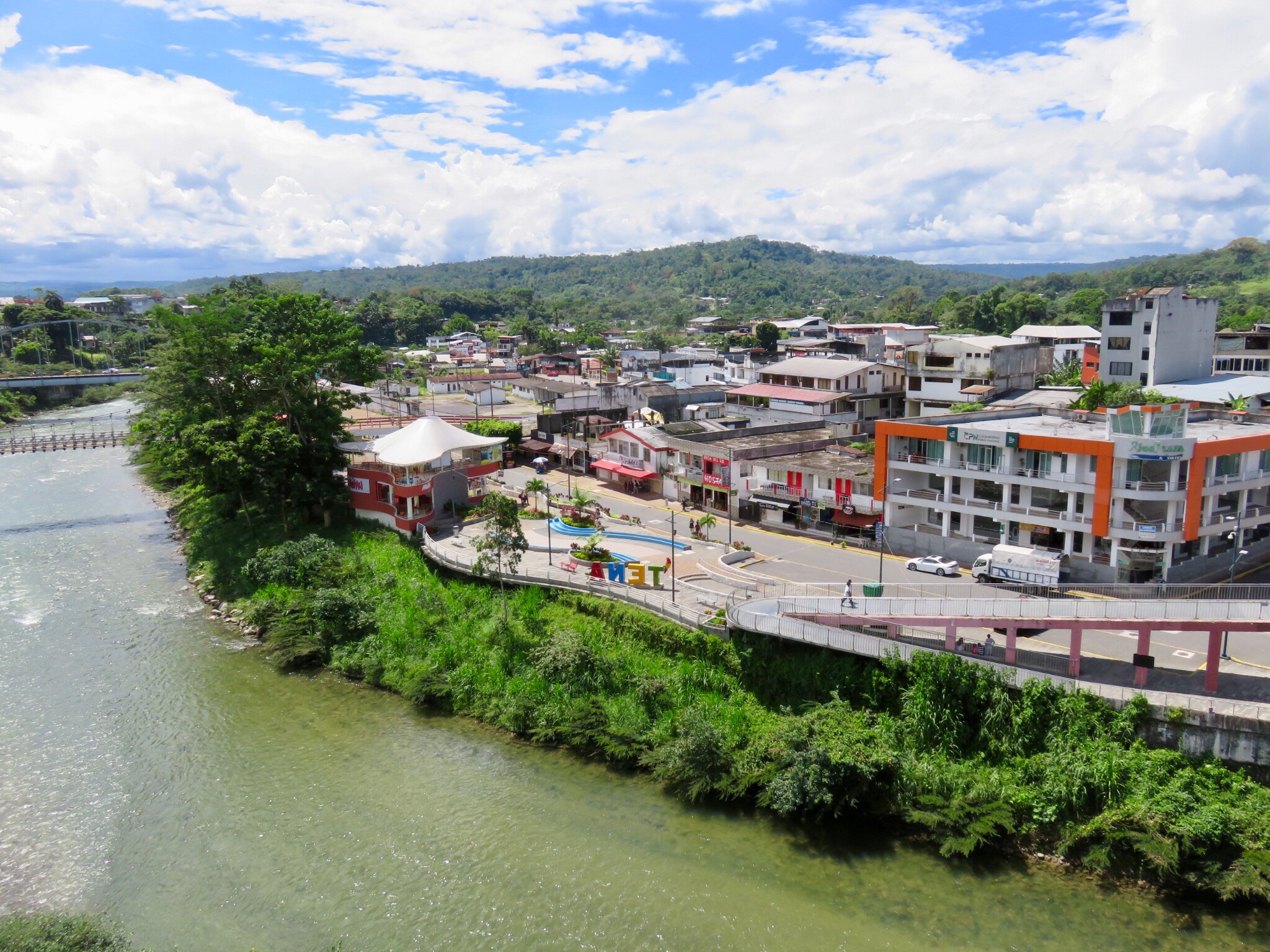
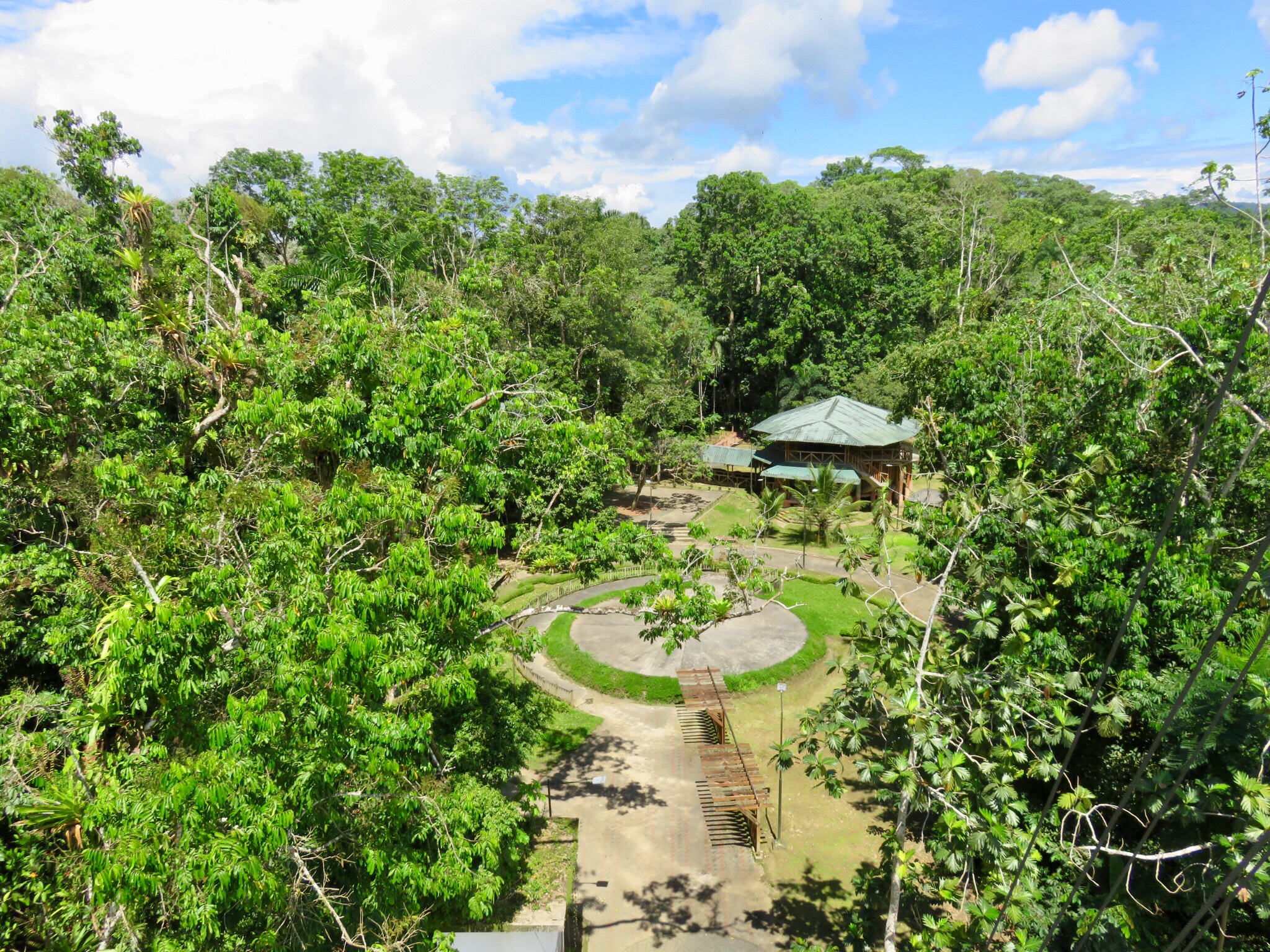
As we walked along, I was just starting to ask Jim what our chances were of actually seeing any wildlife, when out of the brush strolled a tapir, big as life and unrestrained in any way!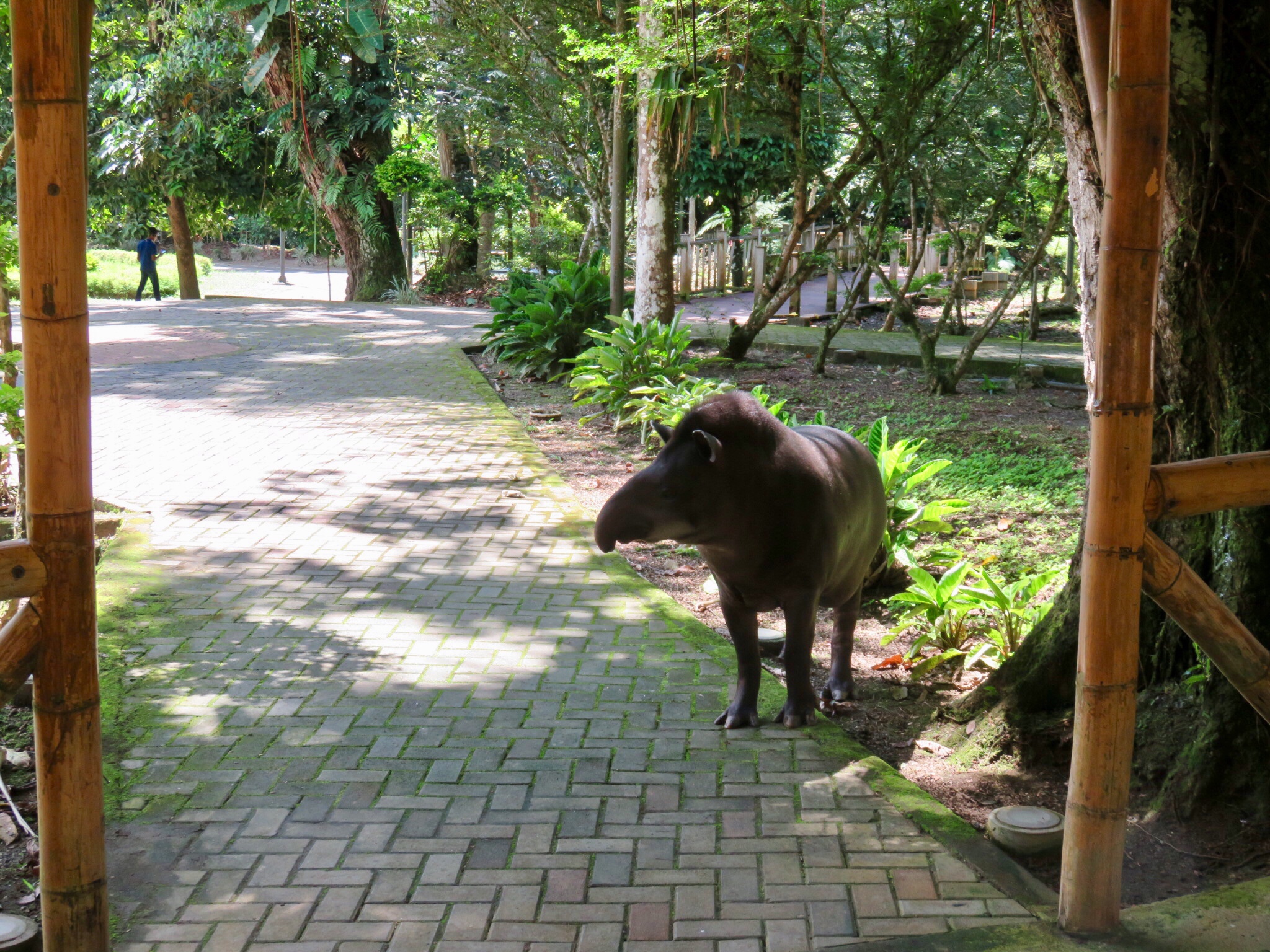
Jim moved in, in pursuit of a Facebook video, causing me to wonder how close was too close to an animal this size, even if they are herbivores. Say cheese!
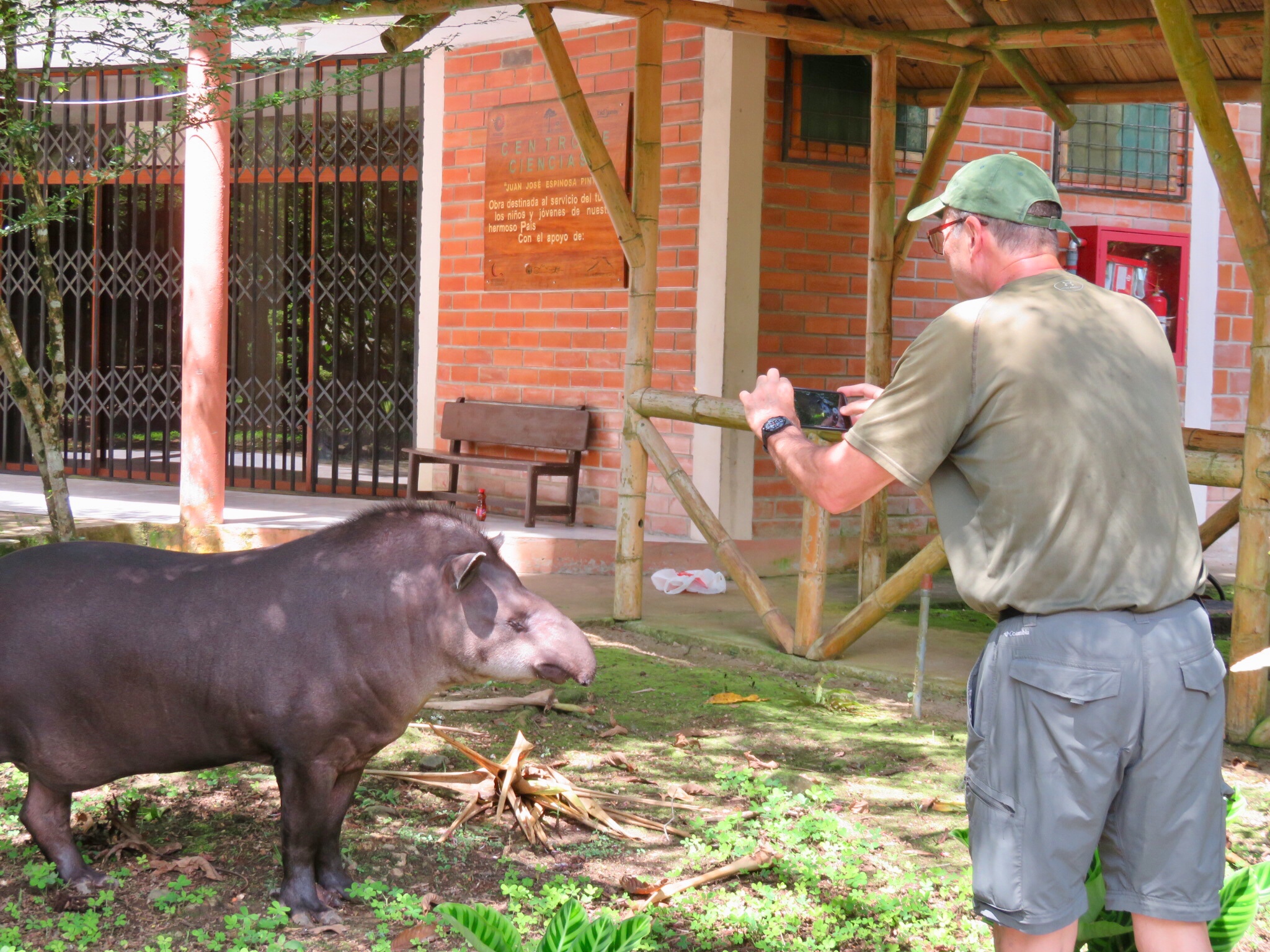
Five minutes later, we met another one!
This day was already a home run as far as I was concerned. Further down the path, there was a restroom (read tin-roofed outhouse), and I decided to answer a call of nature. As I sat, I heard a loud crash right above my head, and Jim informed me that a monkey had just jumped onto the tin roof! I looked up, and there was a sweet-faced little spider monkey, looking down at me inquisitively through a gap in the tin. I’m sure you’d like to see a picture of this, but I was a little busy at that moment.
I rushed out, got my camera and snapped a few shots of the little guys right above my head. Don’t you just love that sweet little face?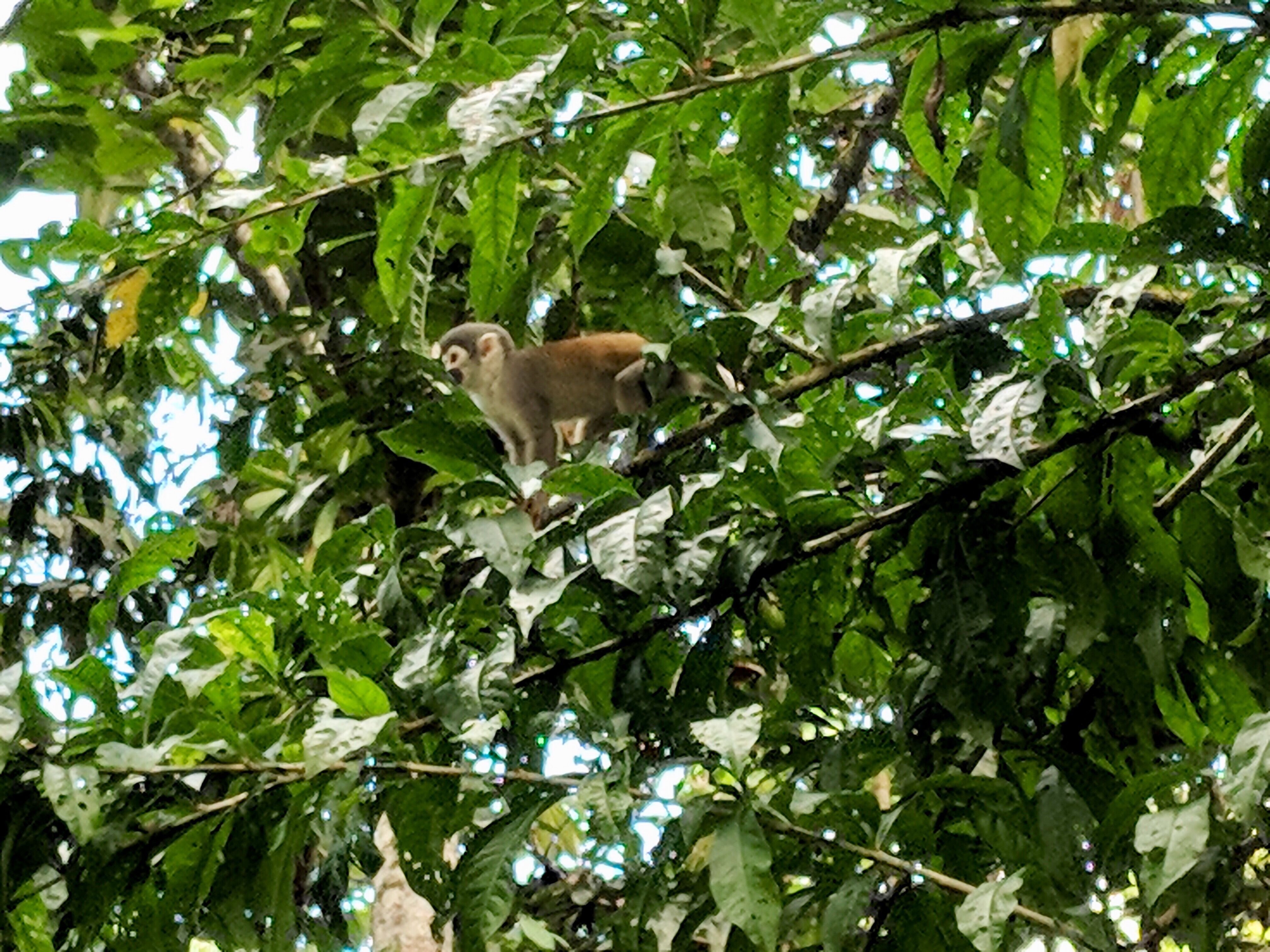
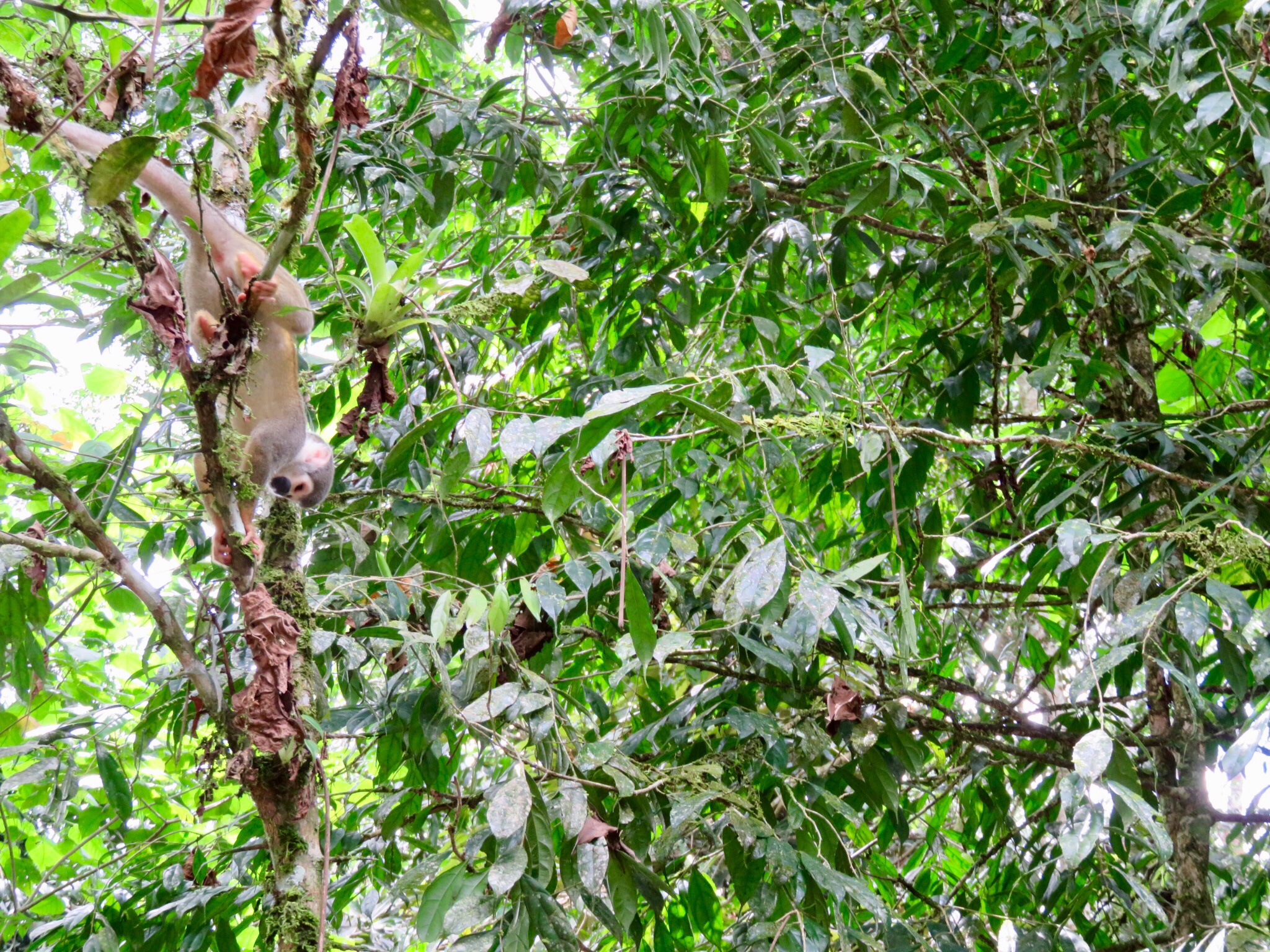
After a while, the wooden boardwalk stopped abruptly and only the cement supports remained. Jim said this was a town once enriched by oil wealth, but when the current administration came into power, this park project was just never finished. The oil wealth is now used to pay back the loans for infrastructure made by China, and there’s no money left over. Jim was happy to walk on the support beam, but my balance isn’t that good, so we turned around.
 Here is a ceibo tree, where elves and fairies – the guardians of the forest – were thought to live.
Here is a ceibo tree, where elves and fairies – the guardians of the forest – were thought to live.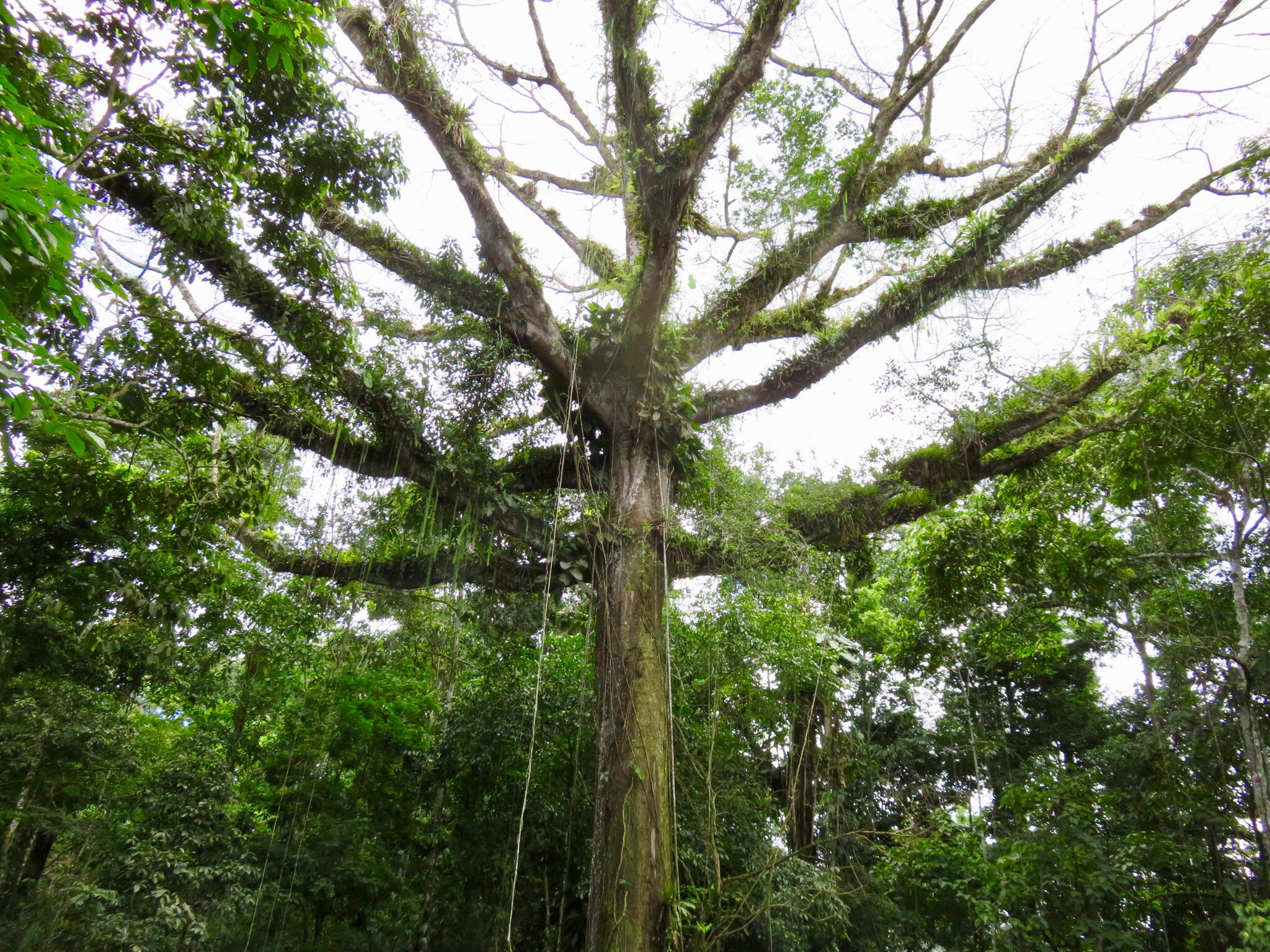
I love seeing what we consider ‘house plants’ growing huge and free in the forest.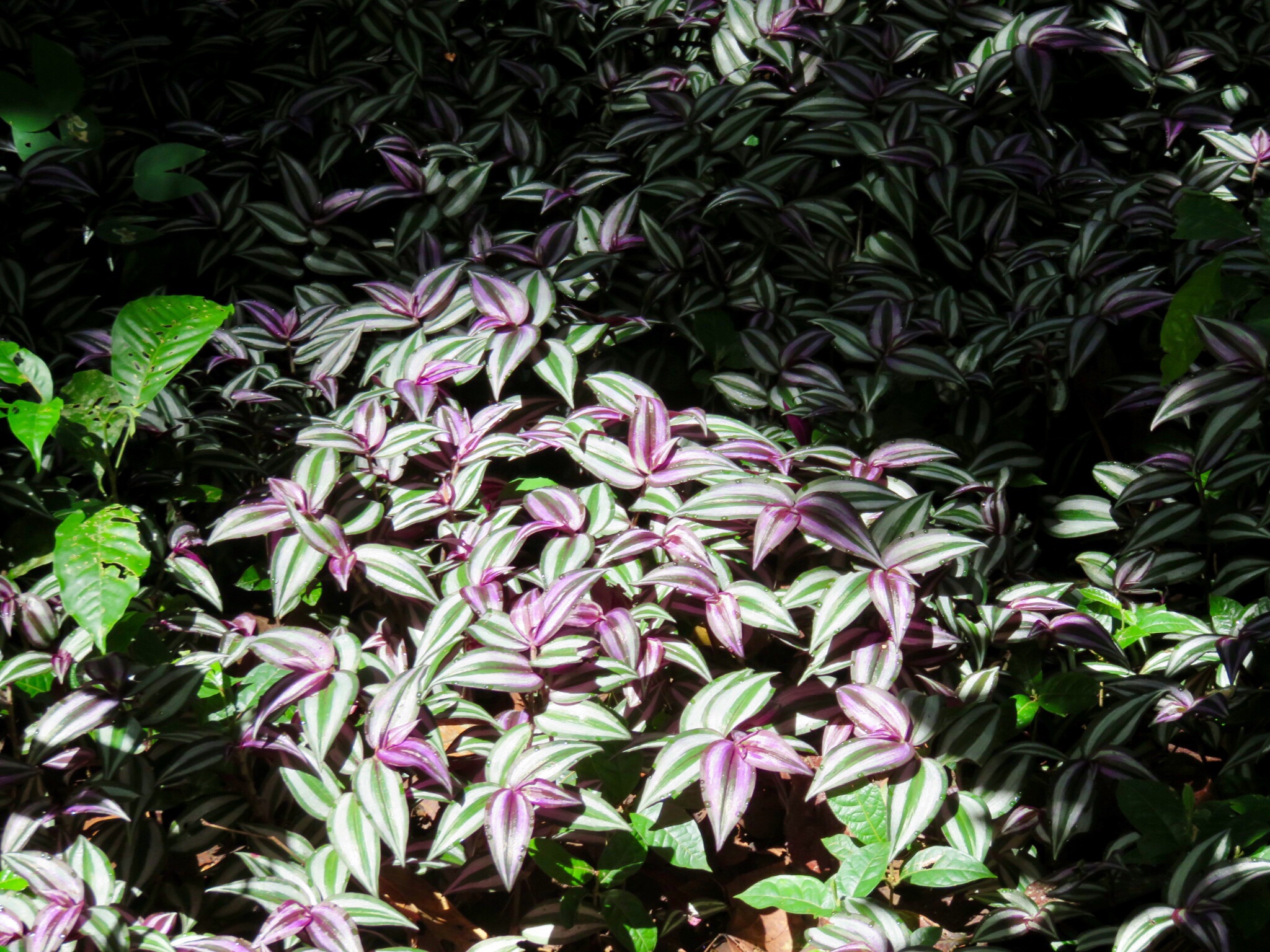

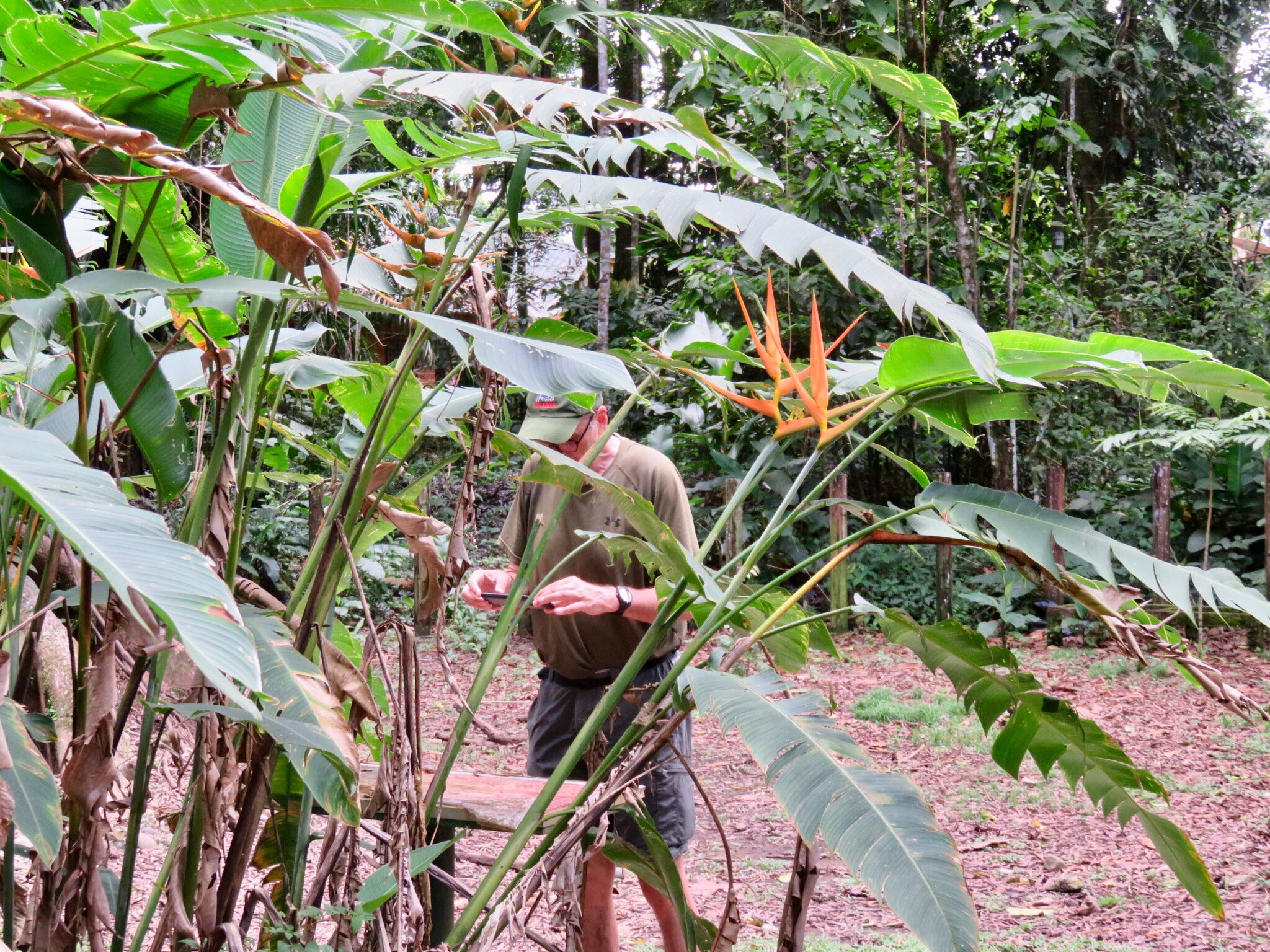
In the evening we strolled the town board walk in search of supper. 
 Here’s some wall art:
Here’s some wall art:
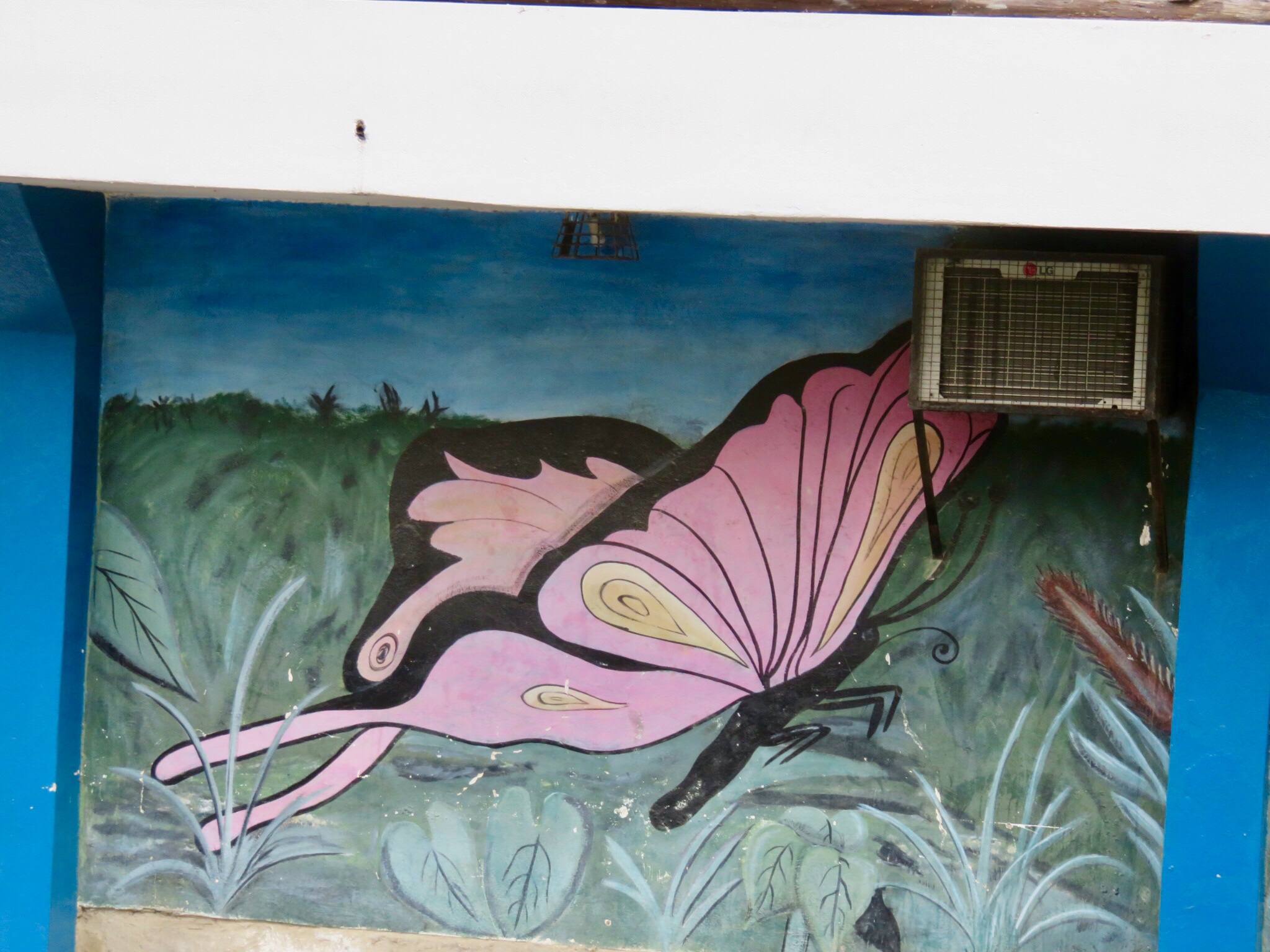

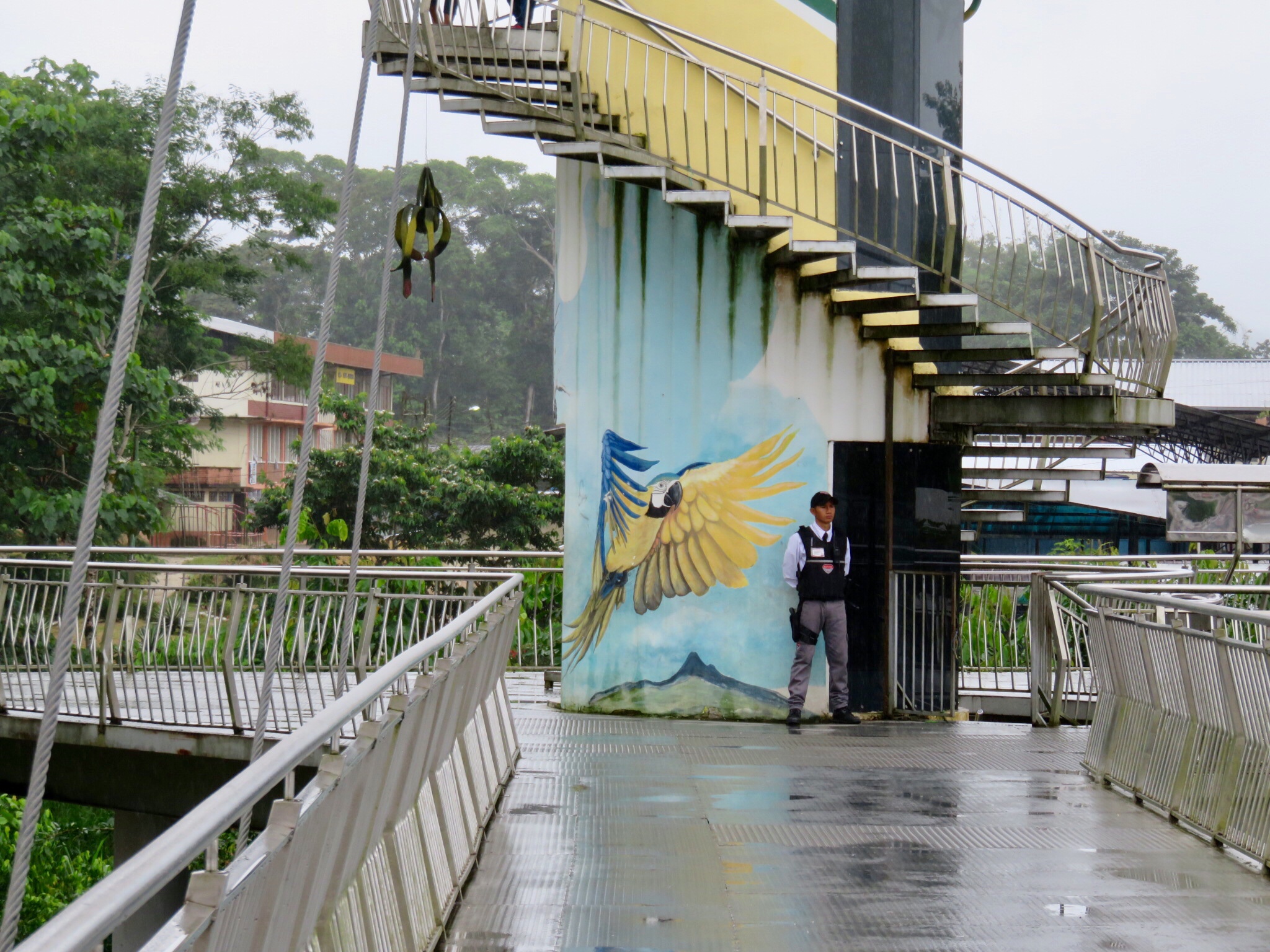
A good day!
-0.994268
-77.814456
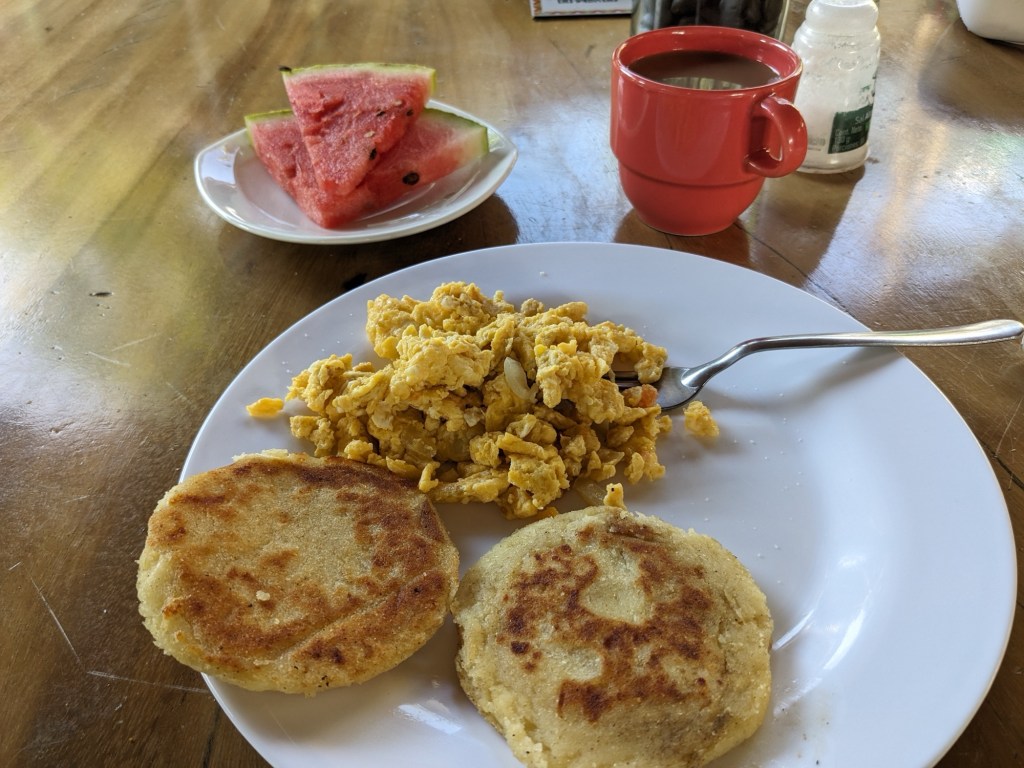

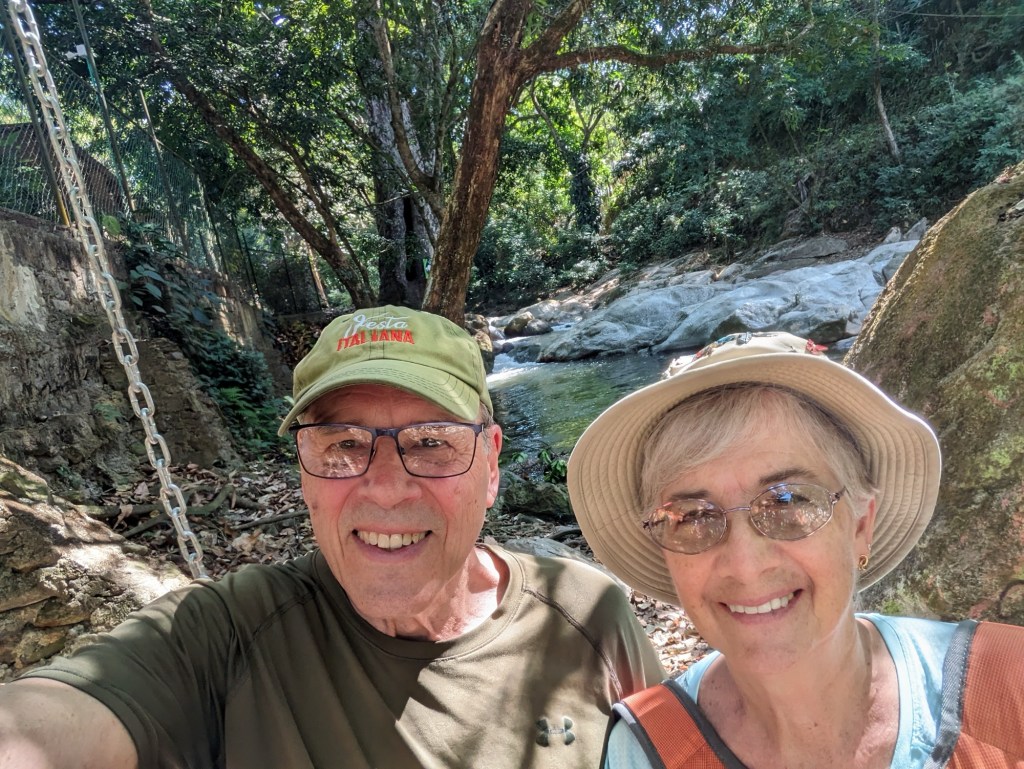

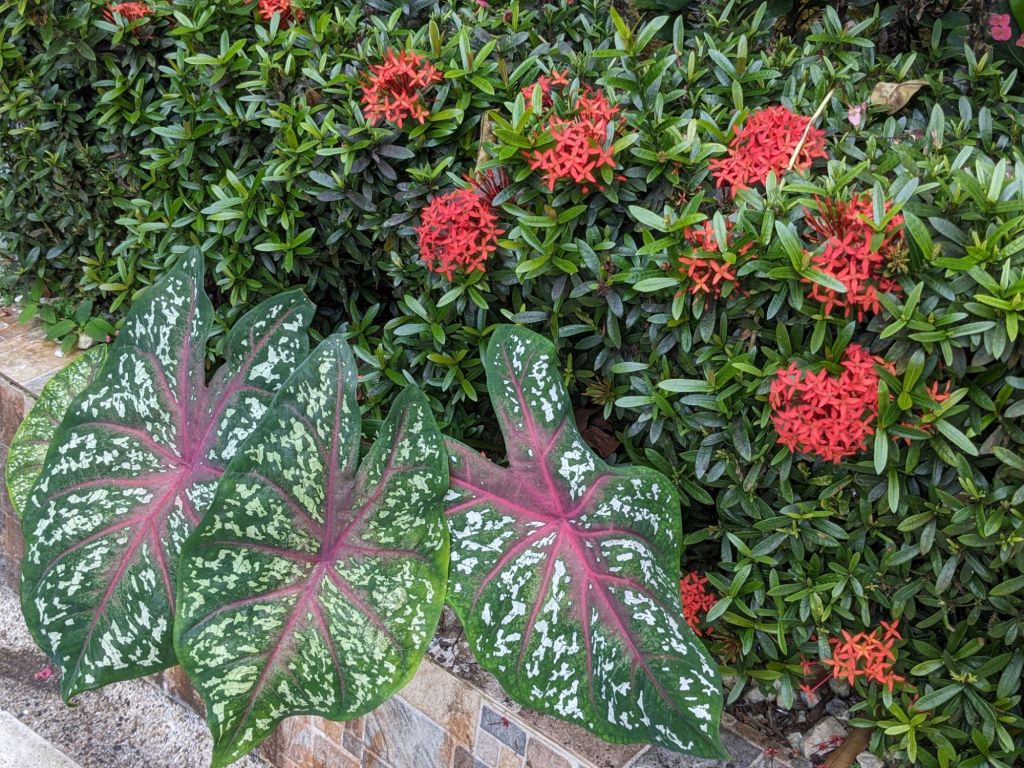
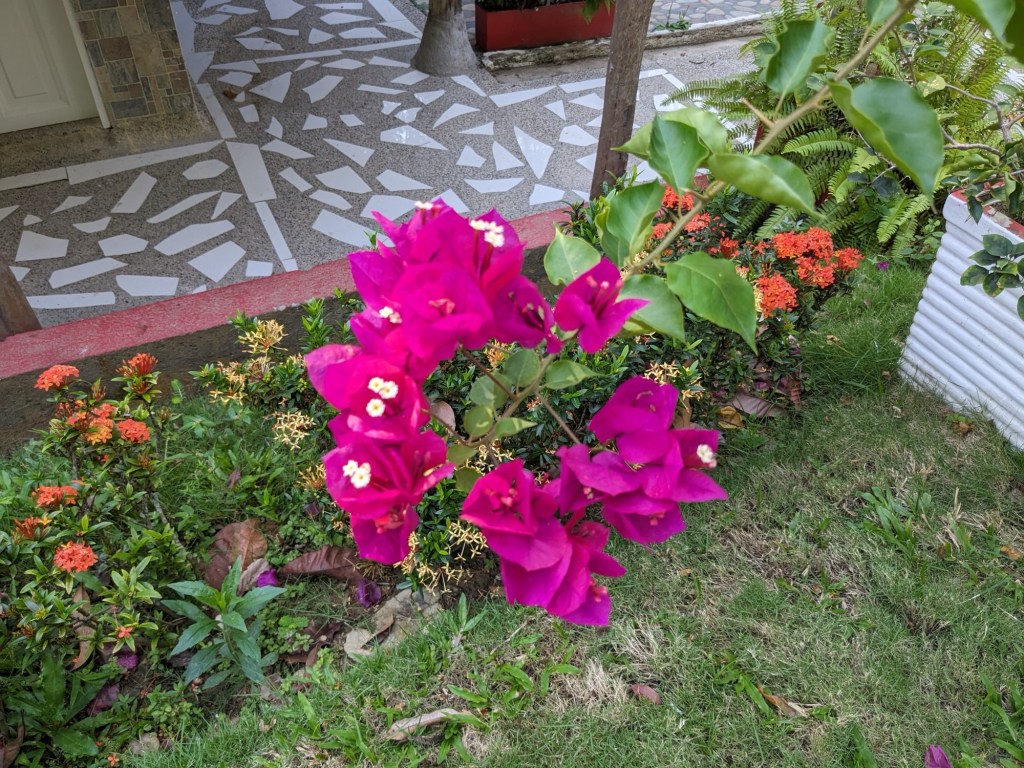
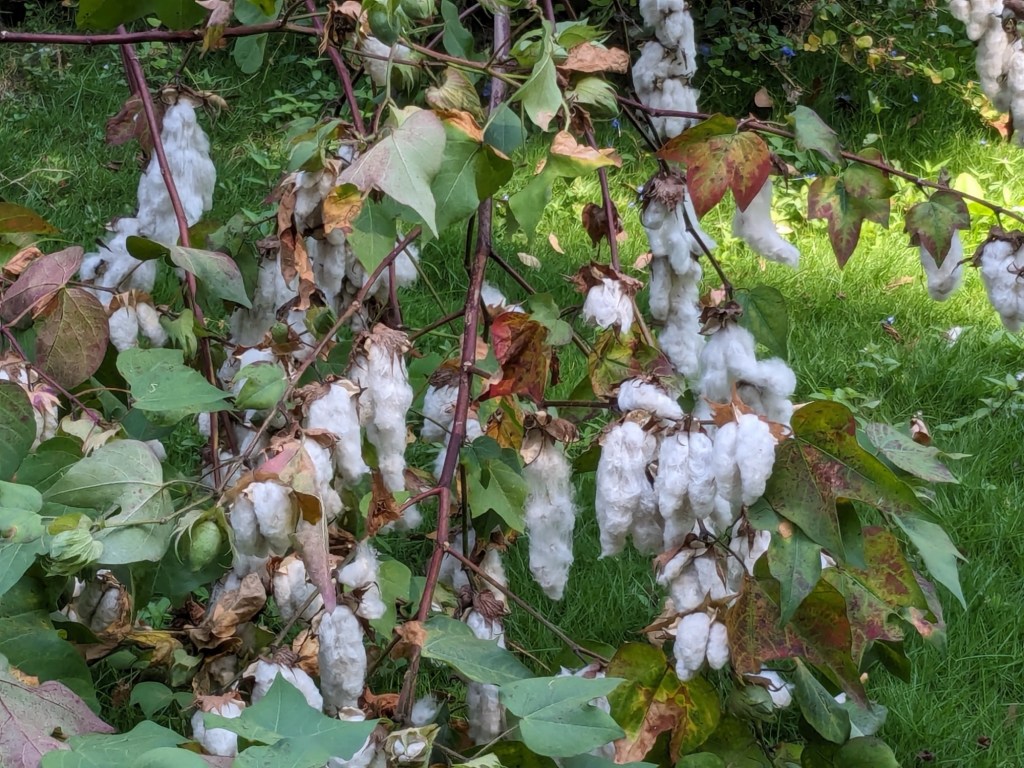



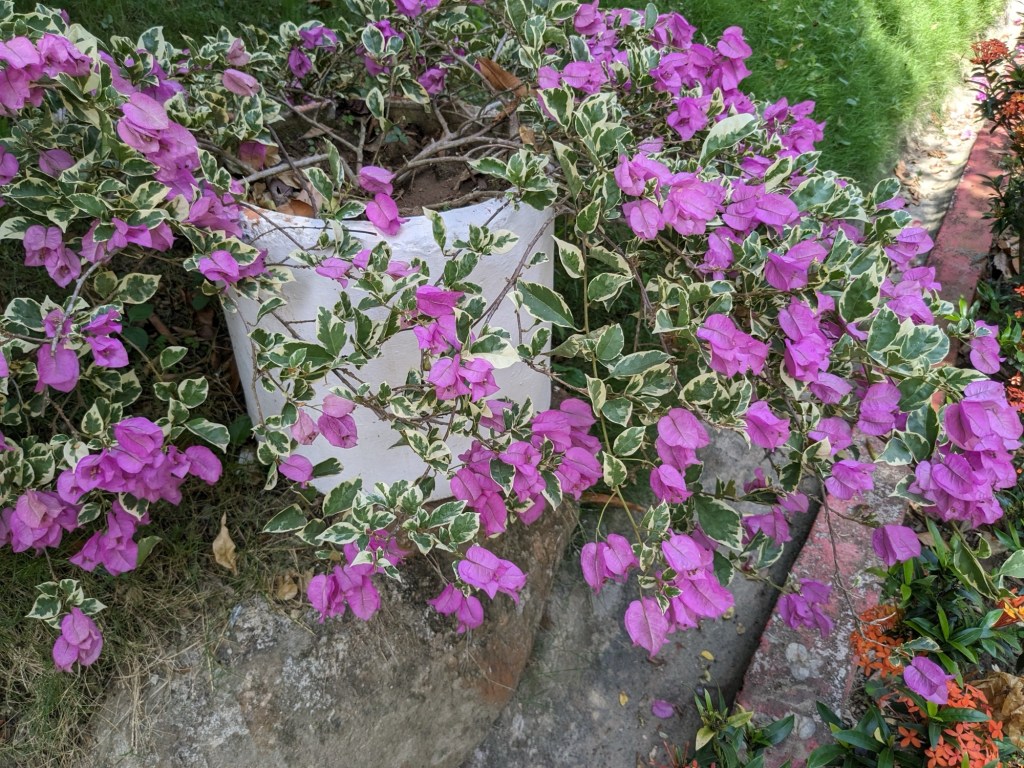
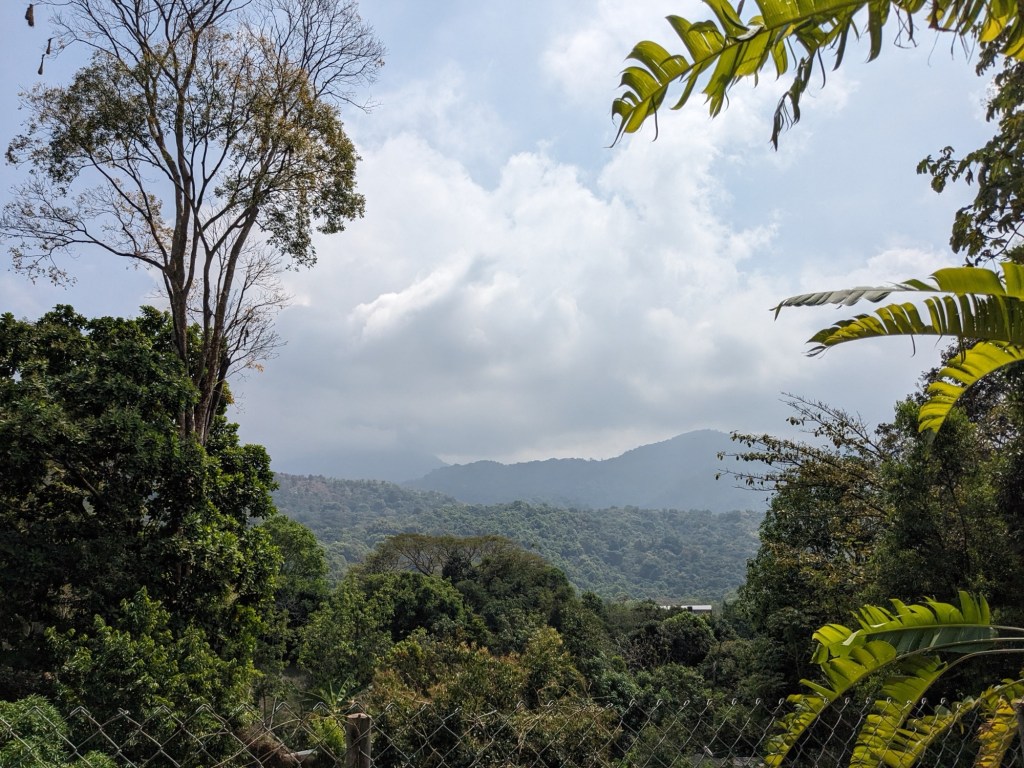










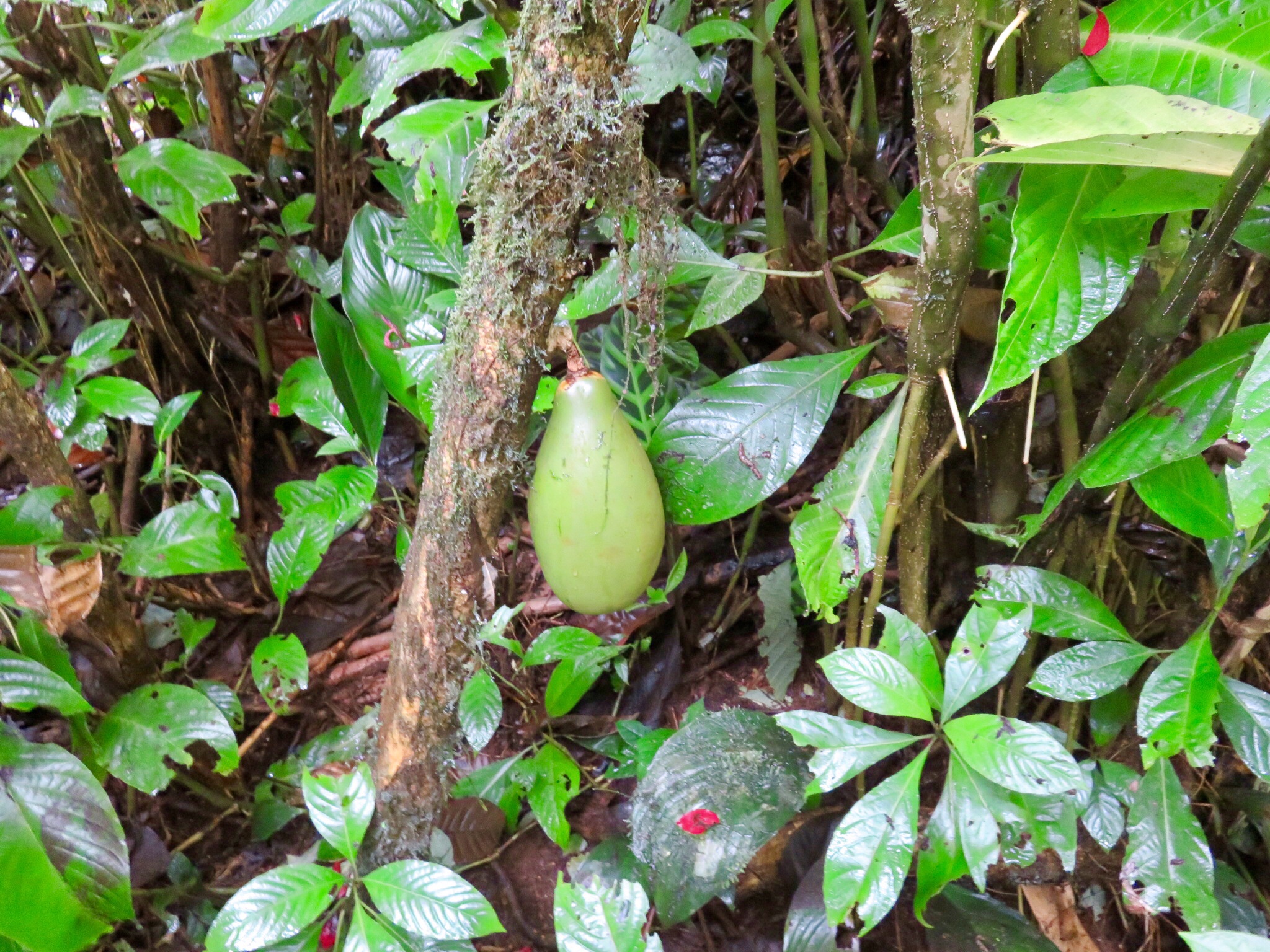
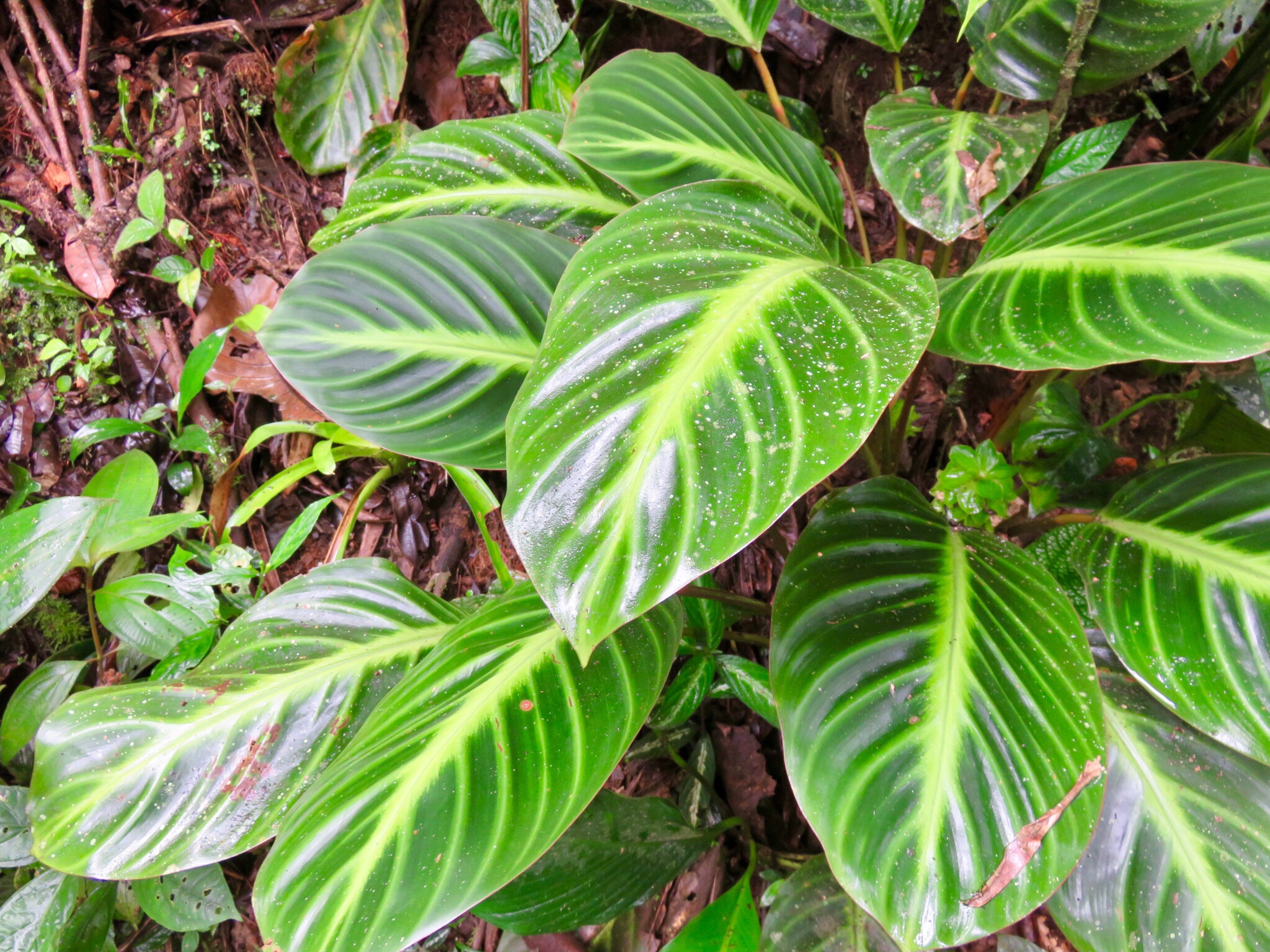 Omaere means ‘nature of the rainforest’ in the language of the native Waorani people. The park (once a cleared field used for grazing cows) was purchased by two French women and one Schuar indigenous woman almost 30 years ago, and planted with all the medicinal plants important to the nearby indigenous people. It now looks like the jungle it used to be, lush and green and teeming with life.
Omaere means ‘nature of the rainforest’ in the language of the native Waorani people. The park (once a cleared field used for grazing cows) was purchased by two French women and one Schuar indigenous woman almost 30 years ago, and planted with all the medicinal plants important to the nearby indigenous people. It now looks like the jungle it used to be, lush and green and teeming with life.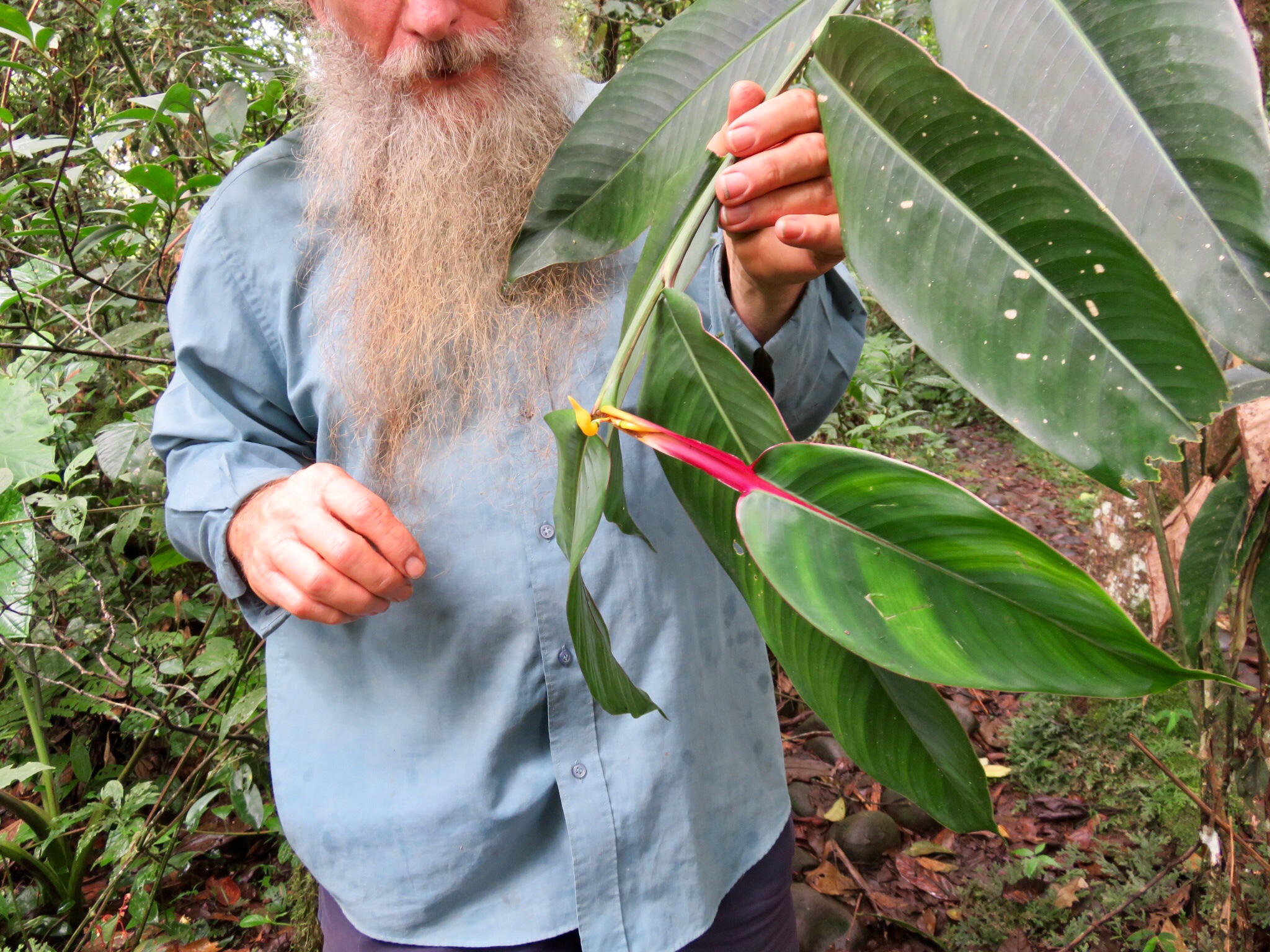


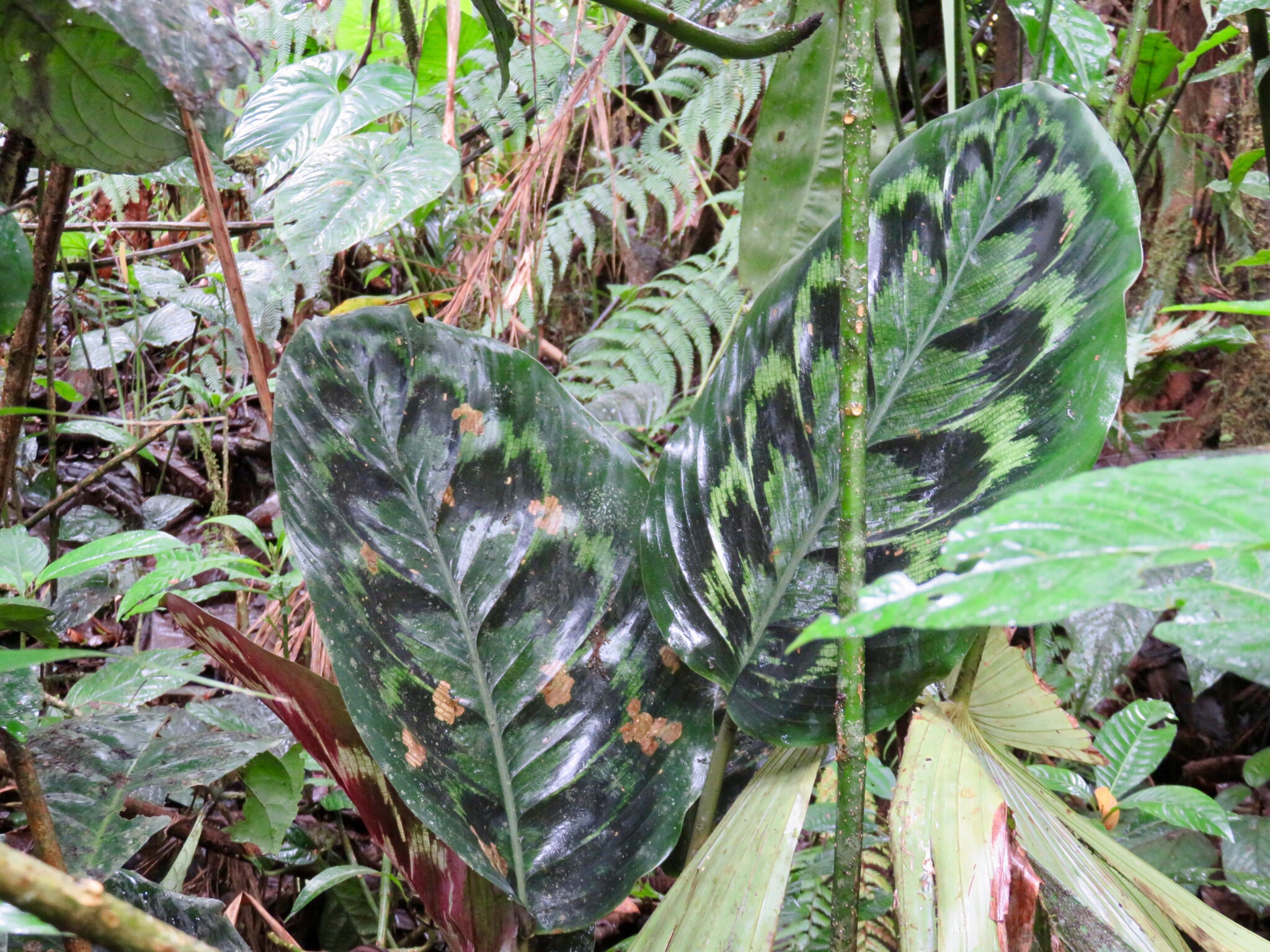
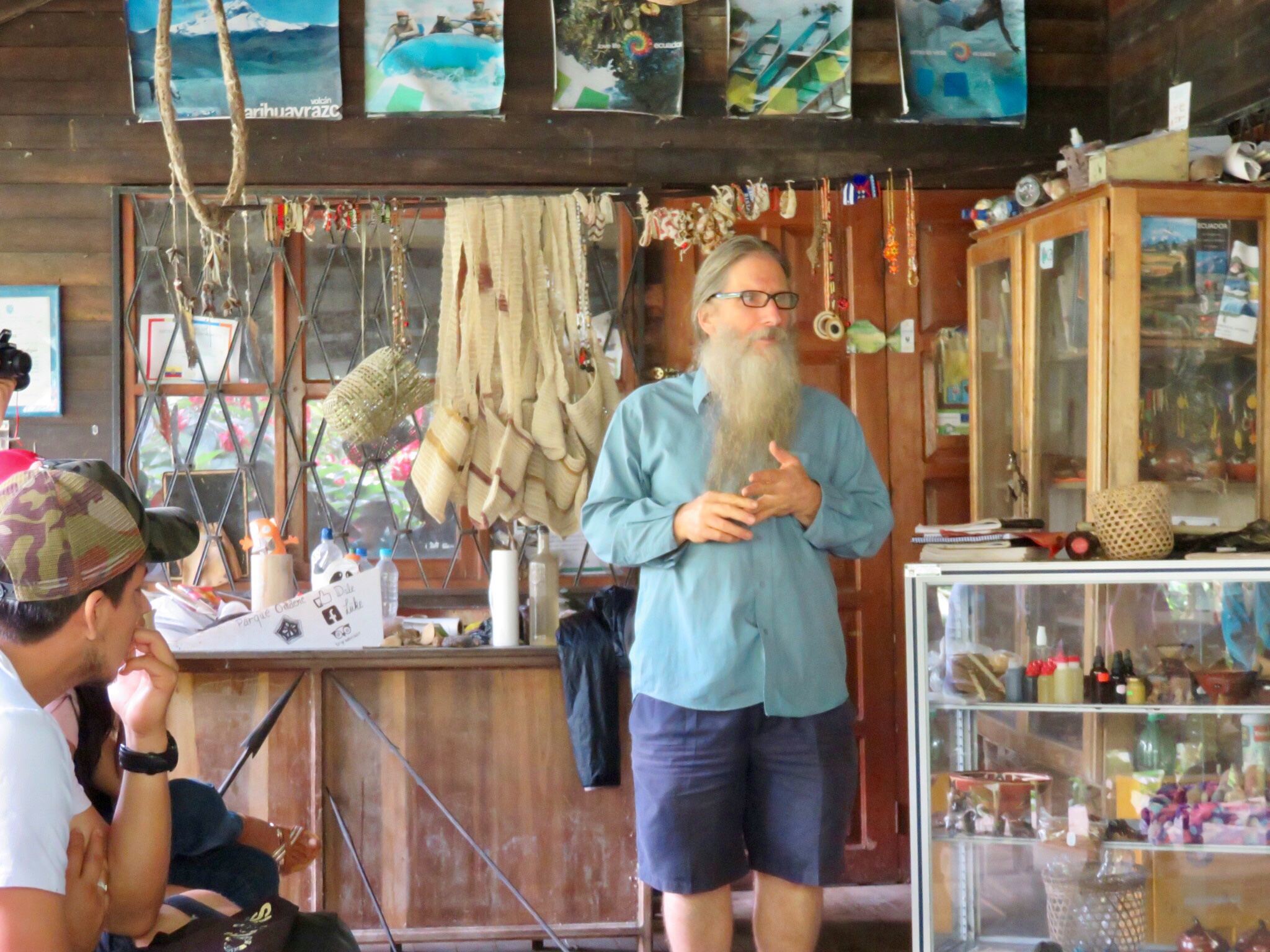



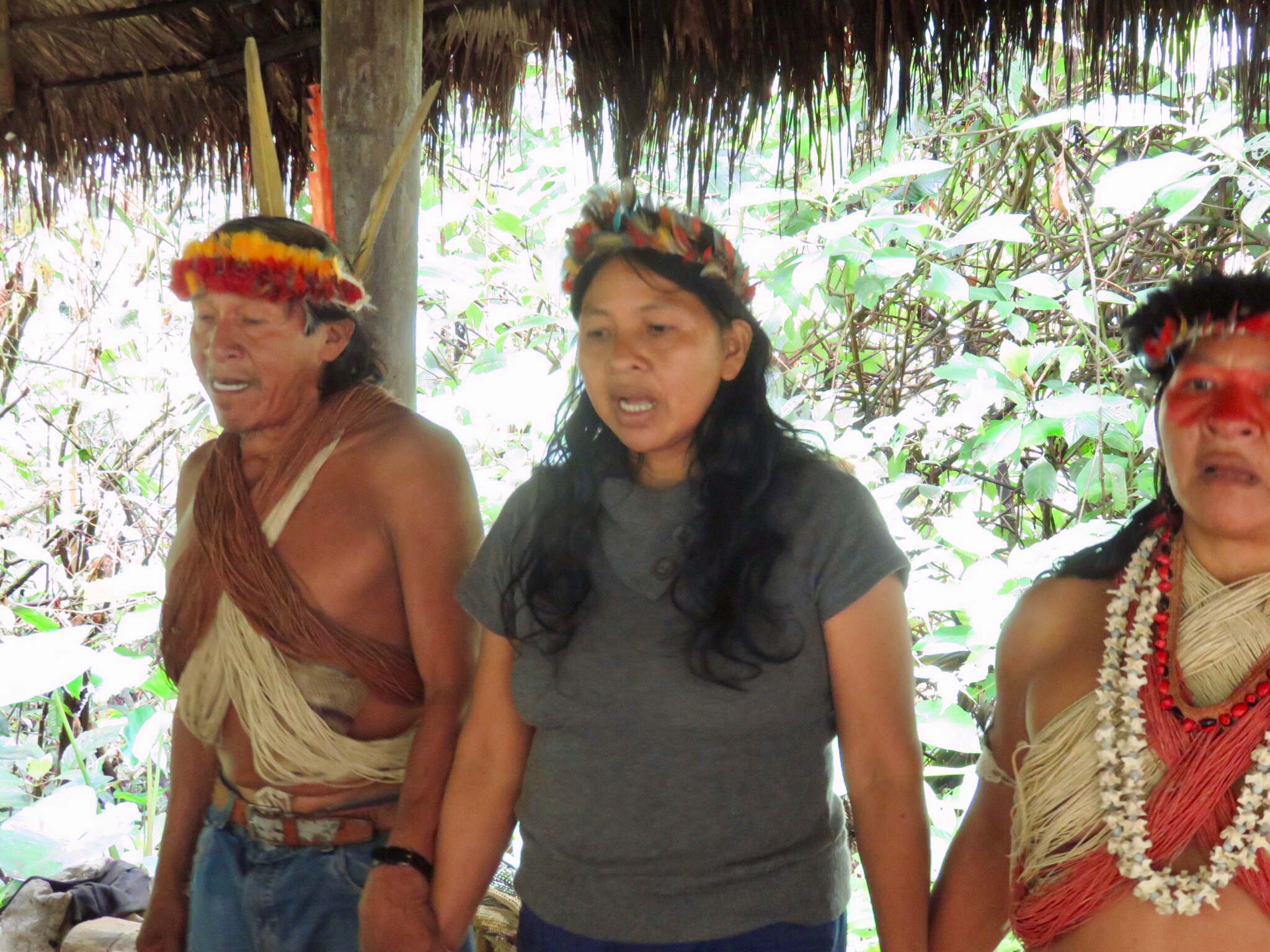
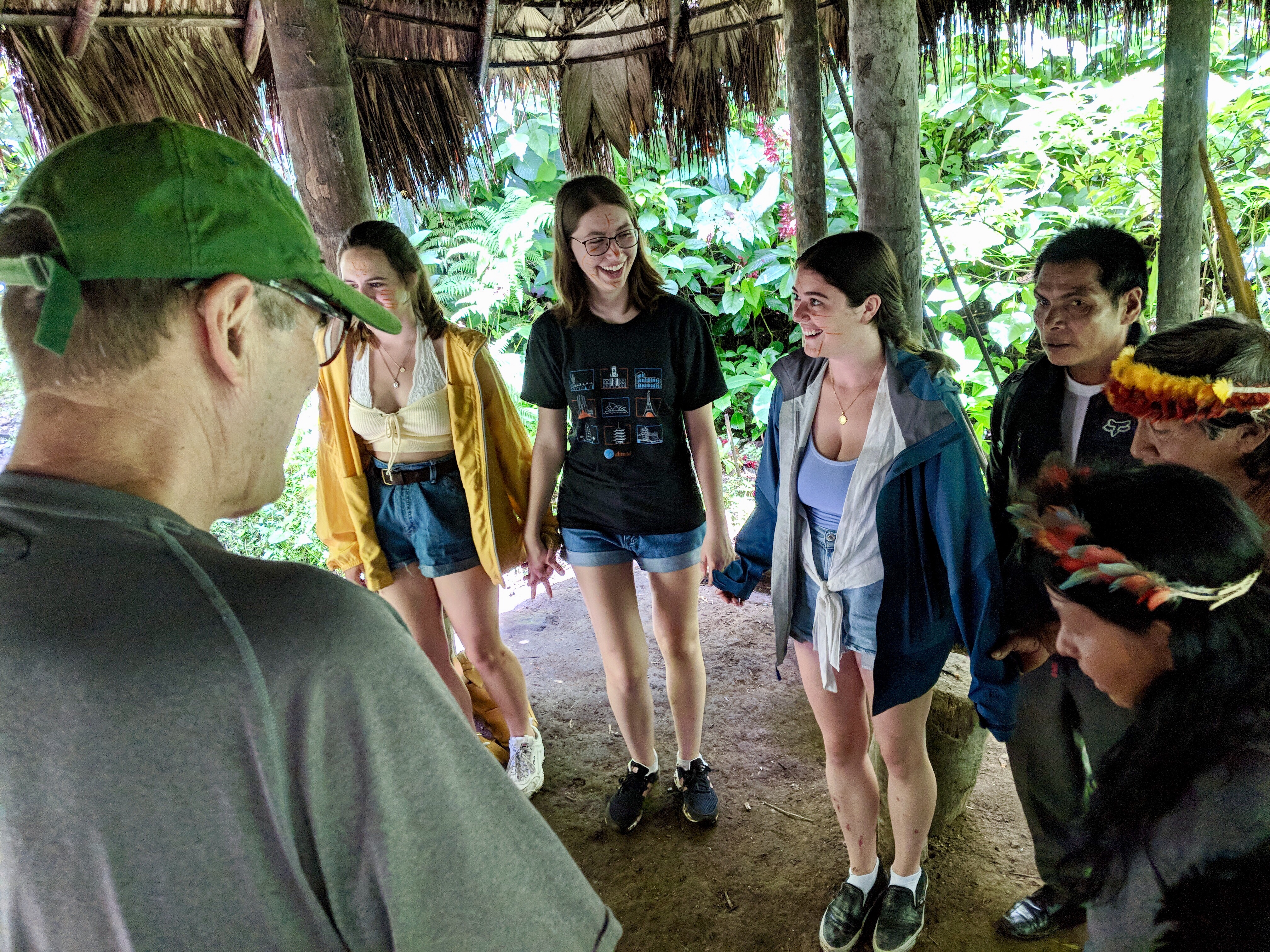
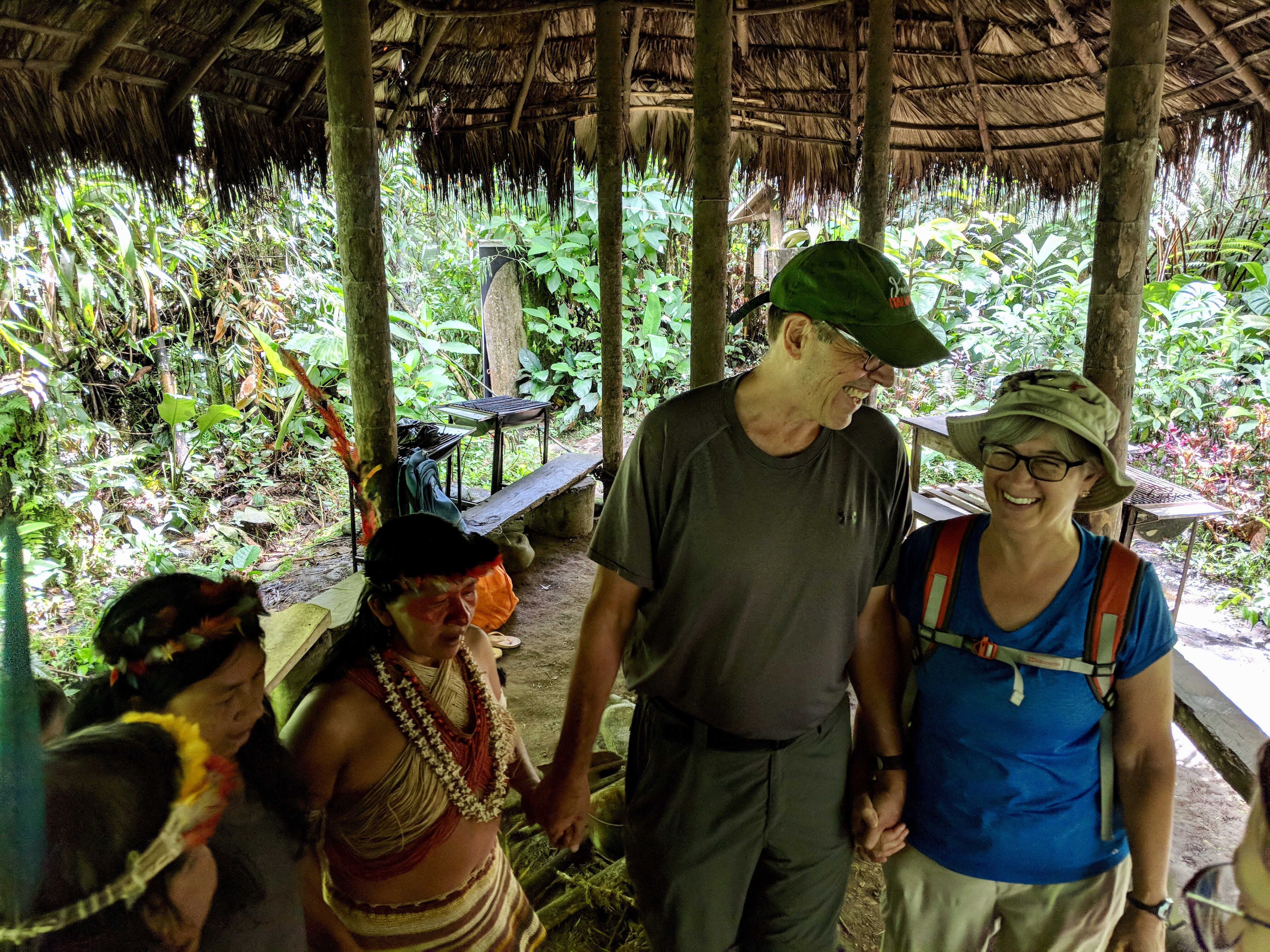
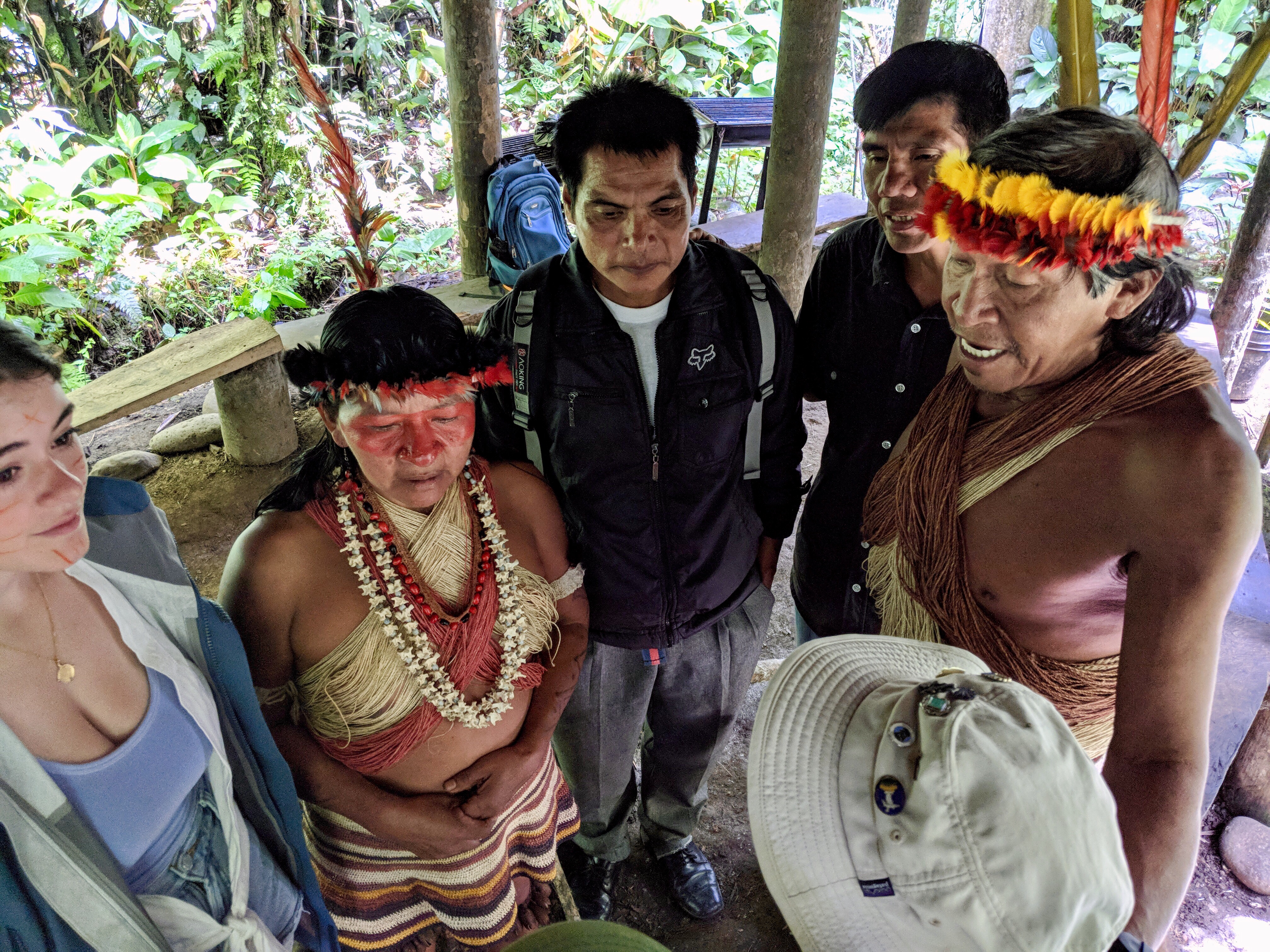

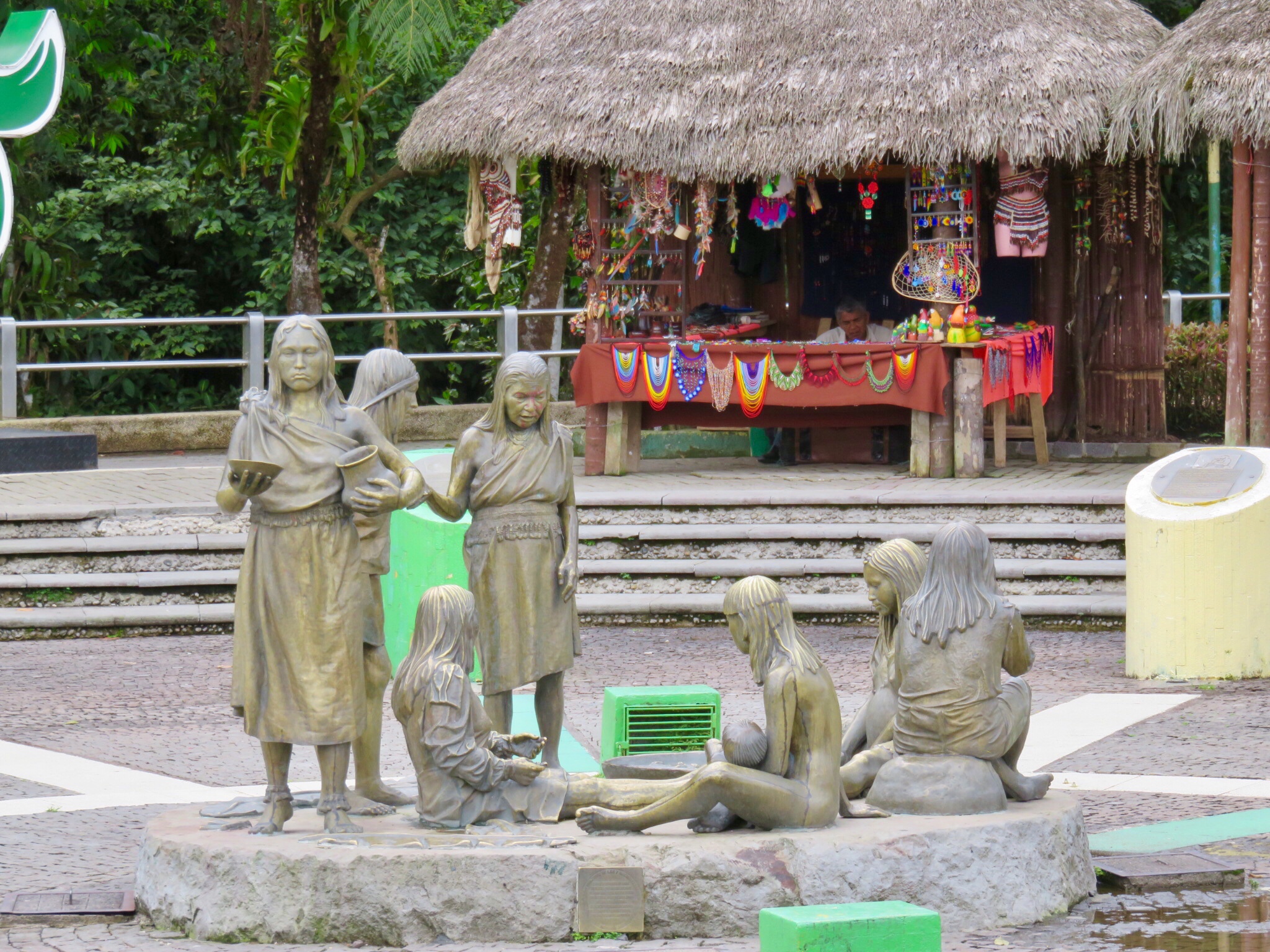
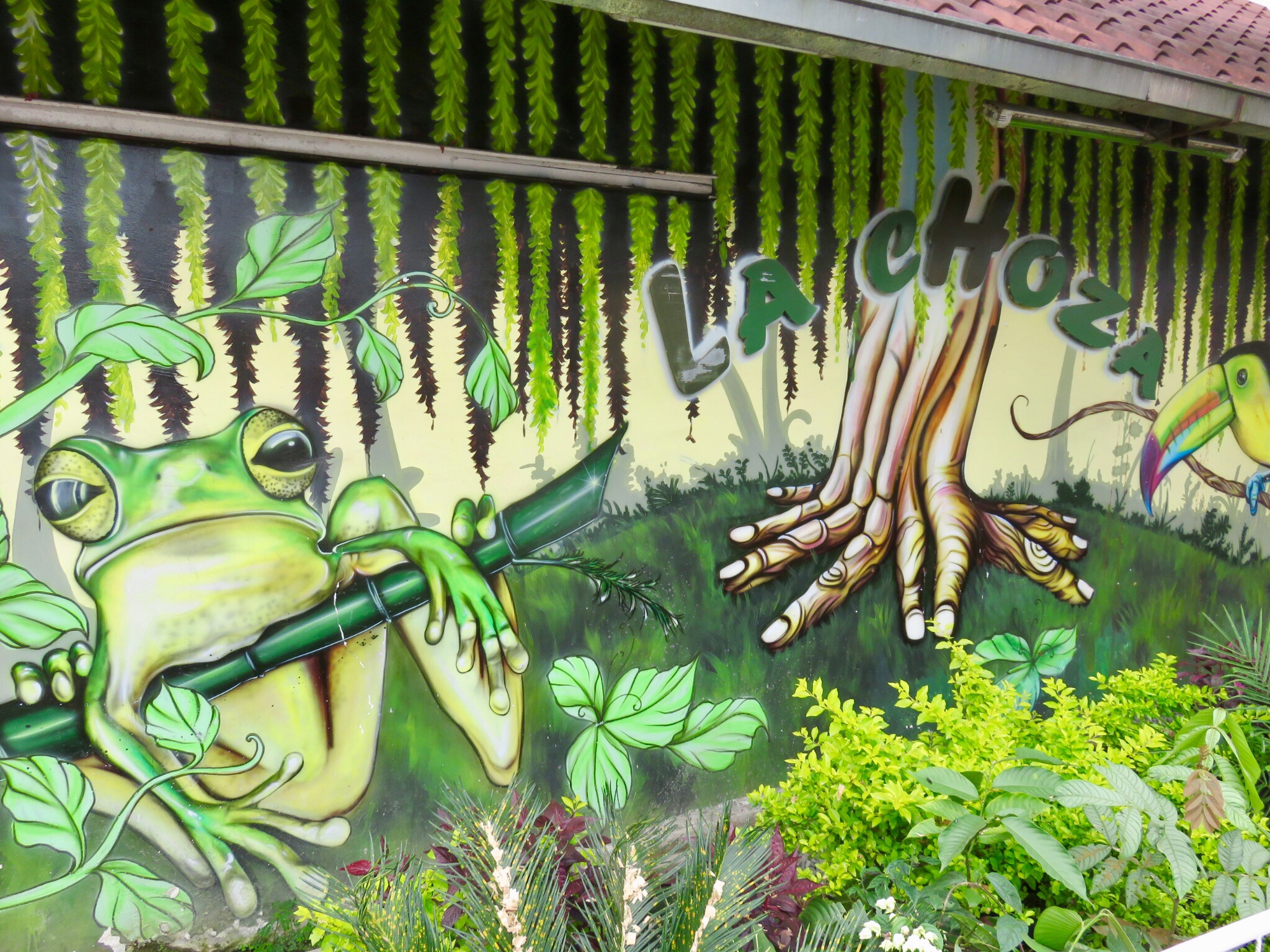

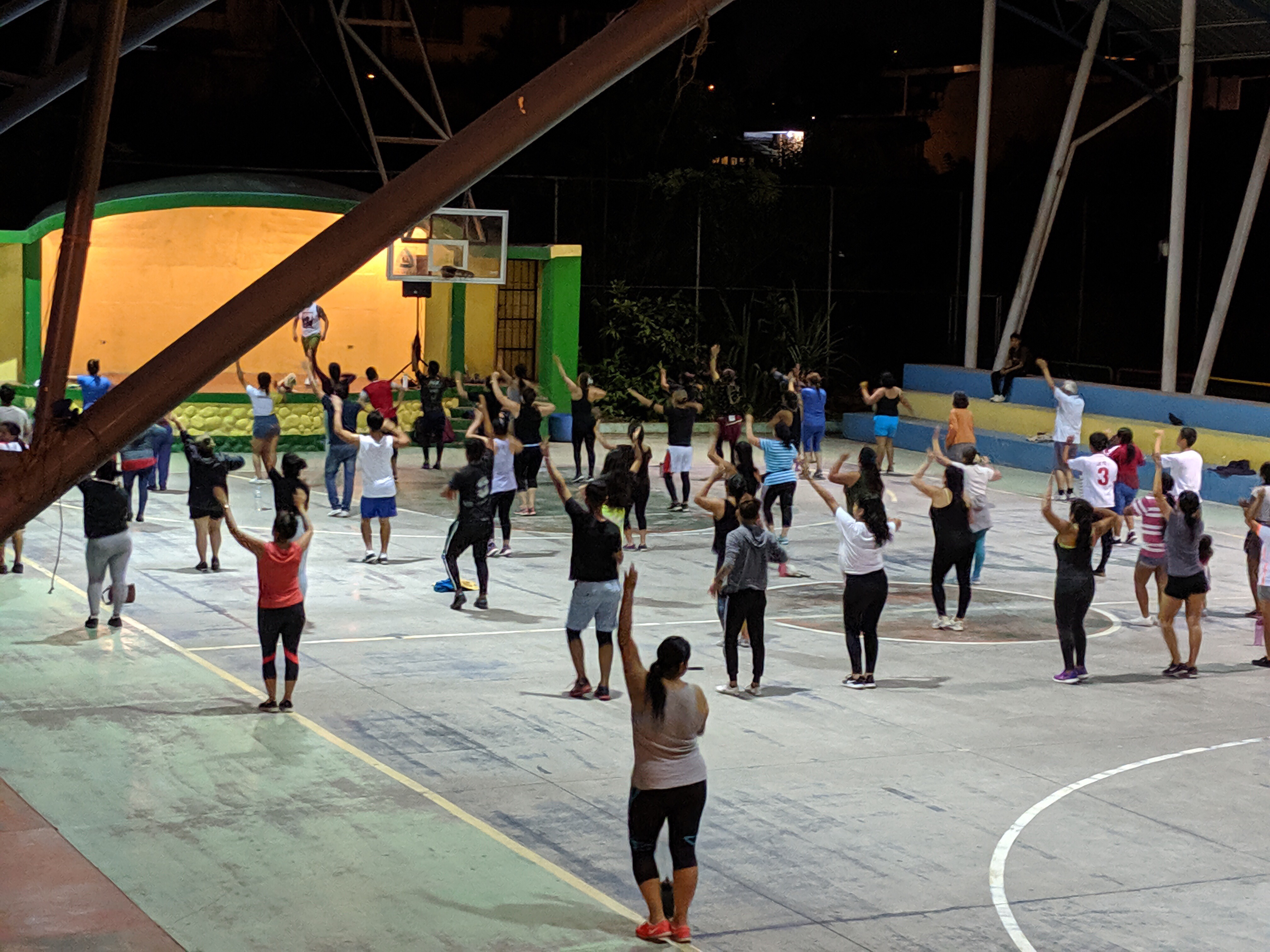

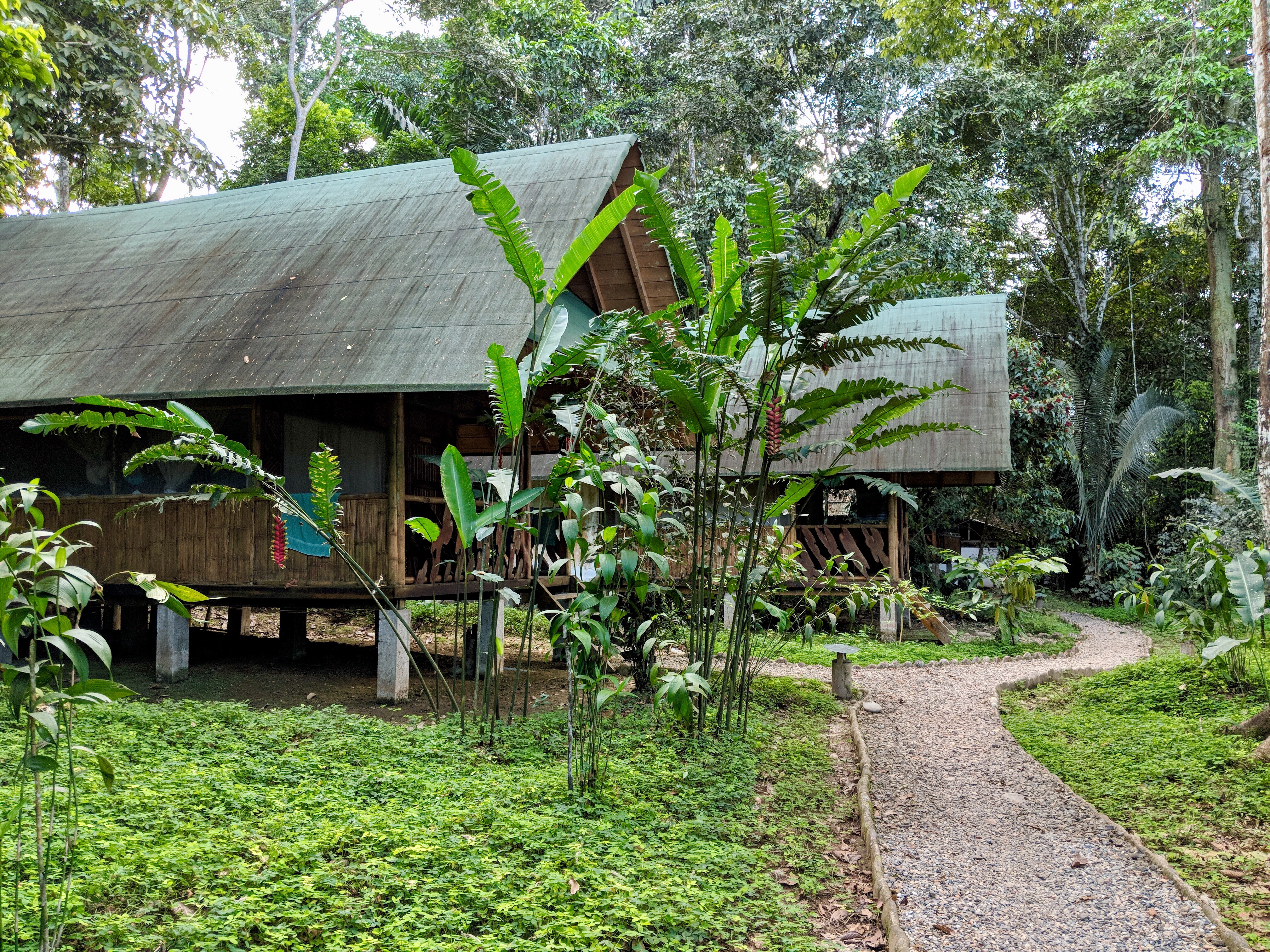 We continue to walk every day and find new things to appreciate. The sky has been very blue, with no rain for the past few days. Our clothes dried on the line! As we near the end of June, the rainy season is coming to an close.
We continue to walk every day and find new things to appreciate. The sky has been very blue, with no rain for the past few days. Our clothes dried on the line! As we near the end of June, the rainy season is coming to an close.
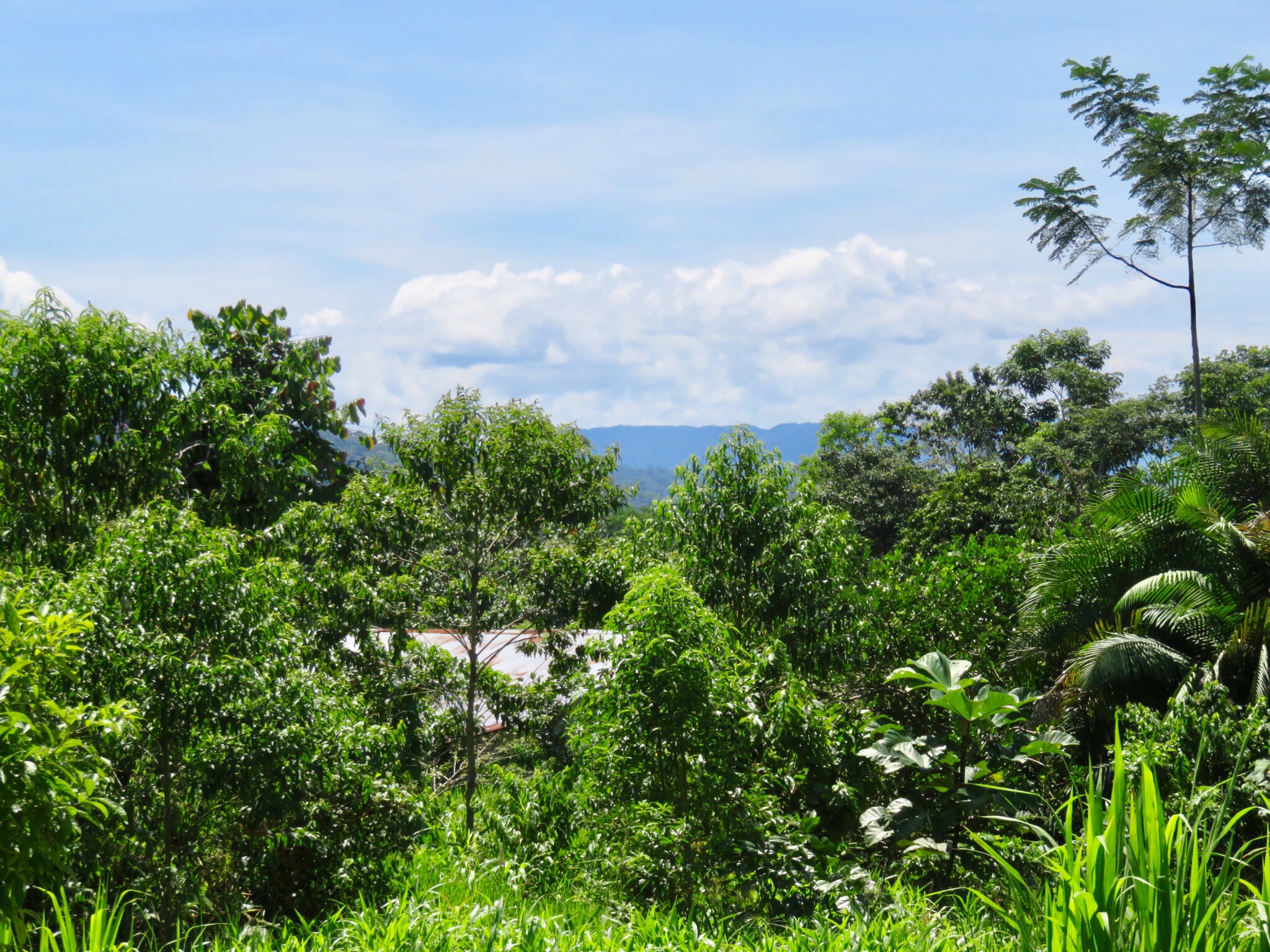
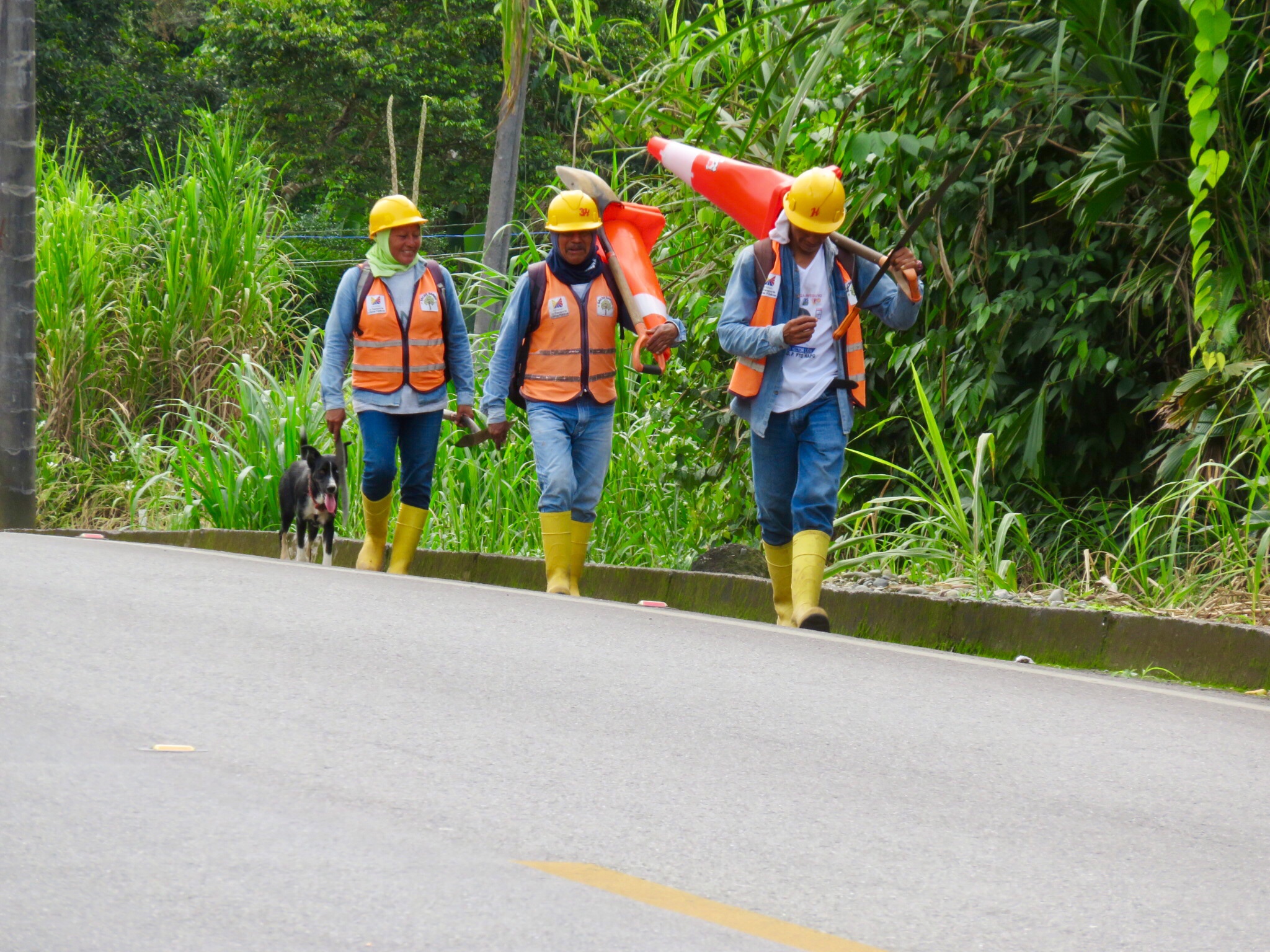


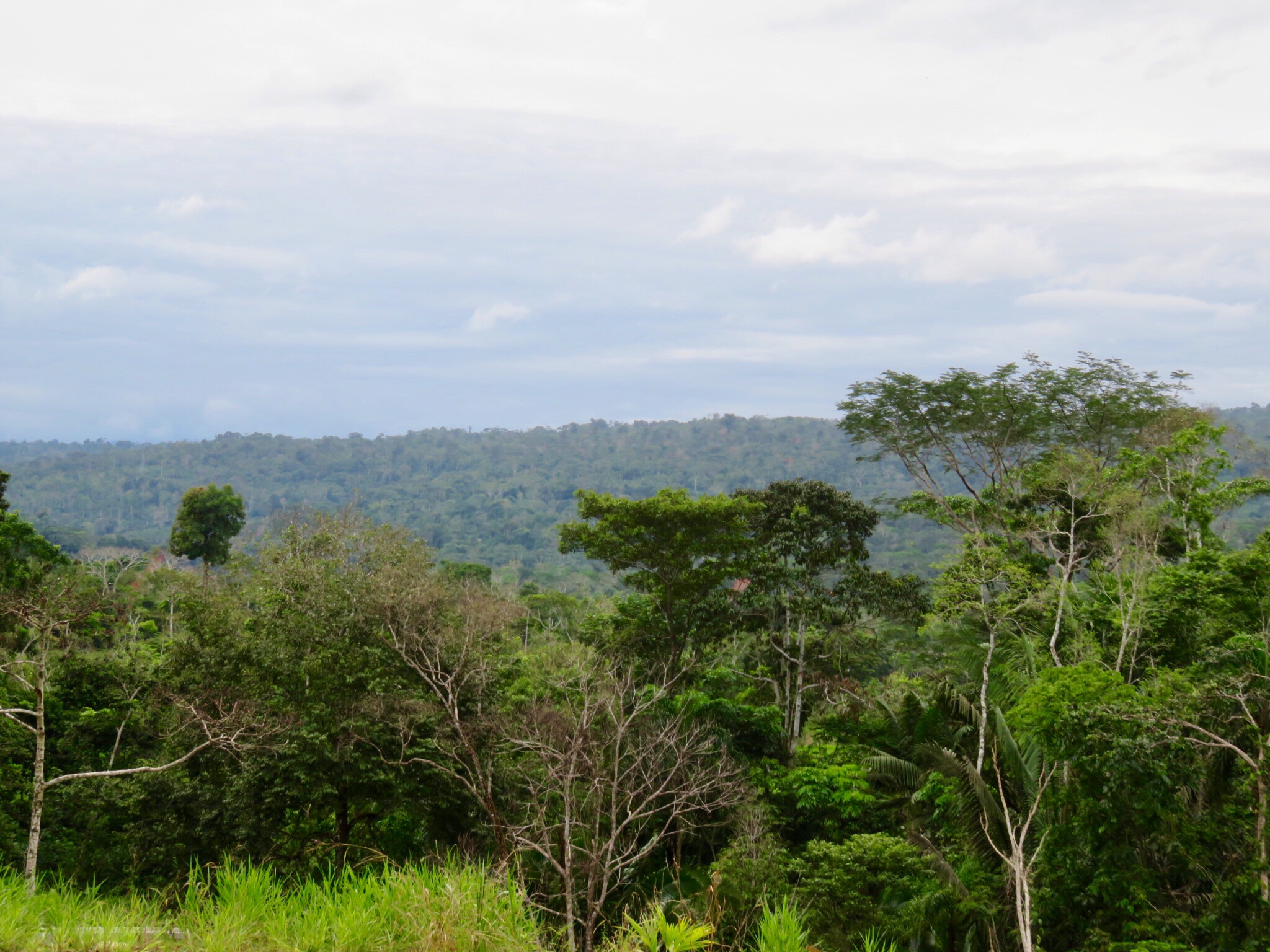



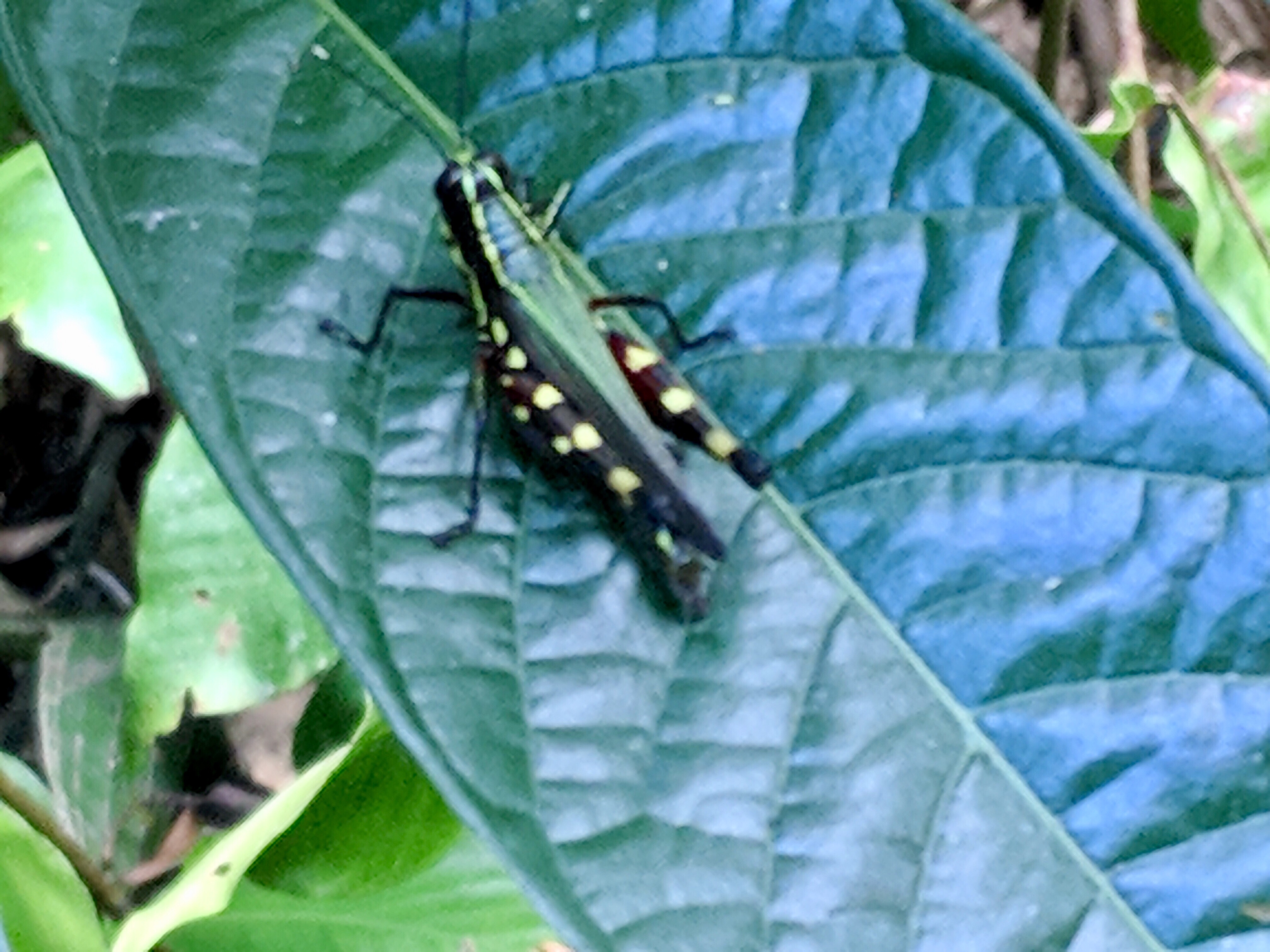
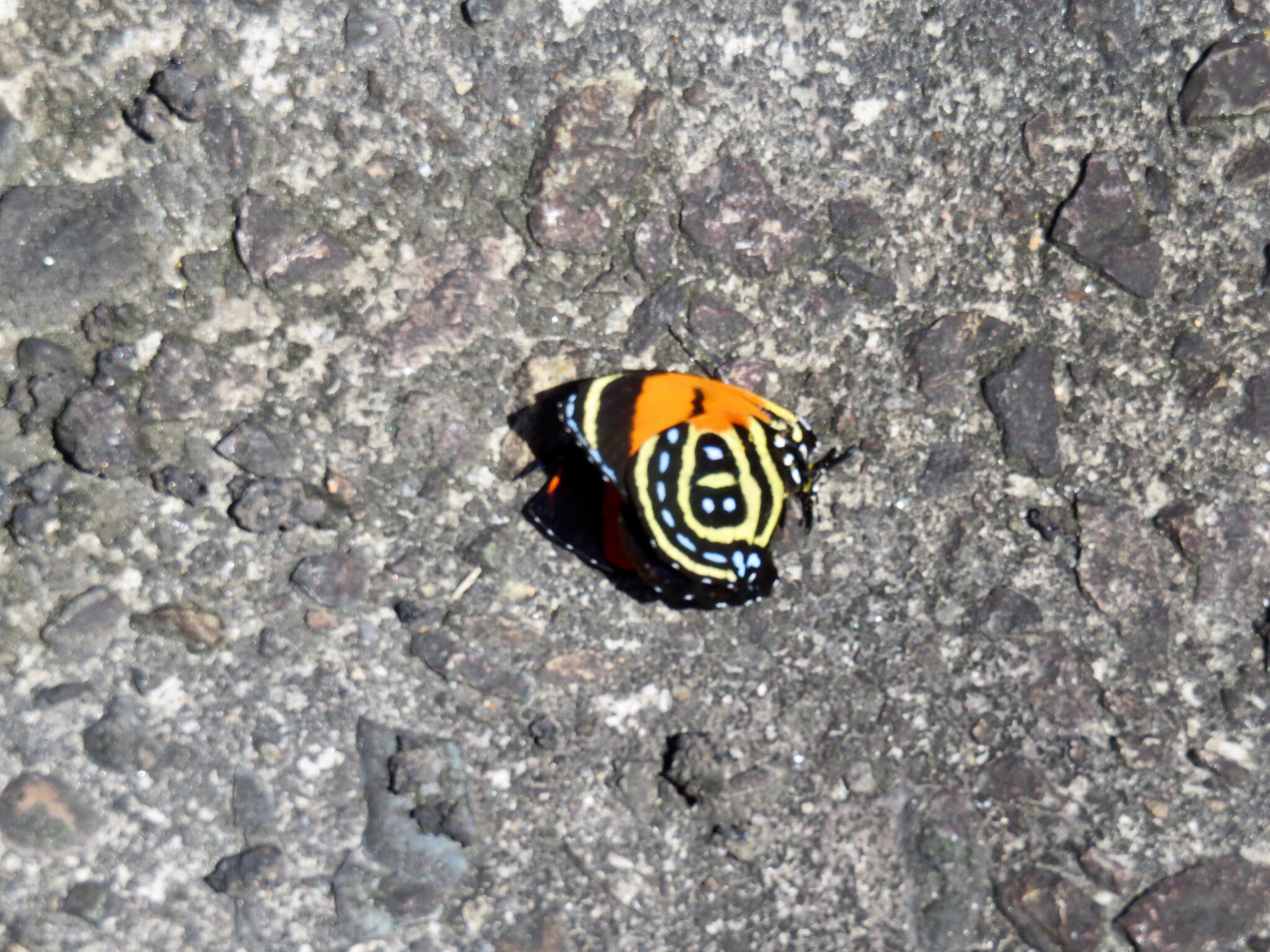
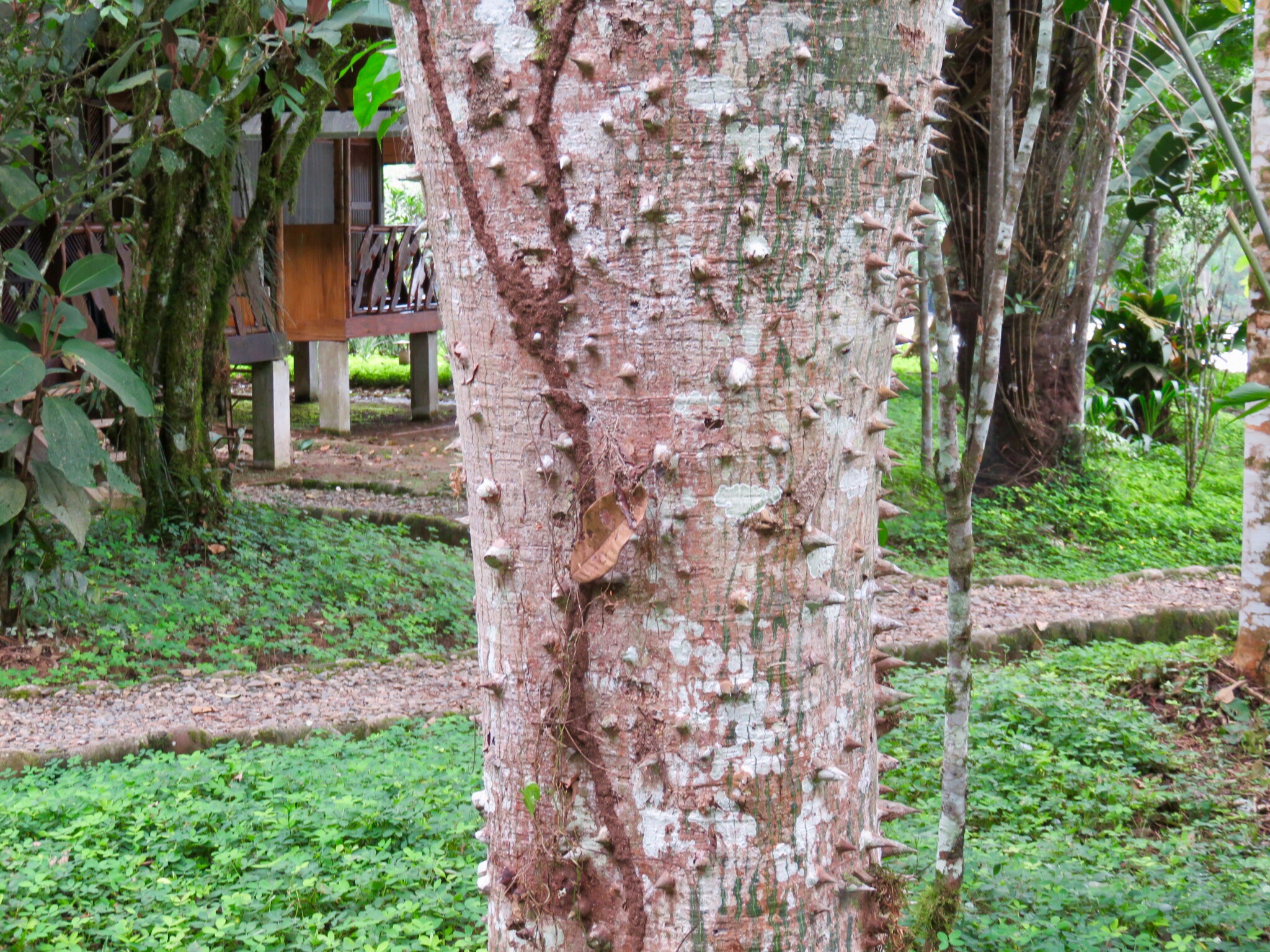
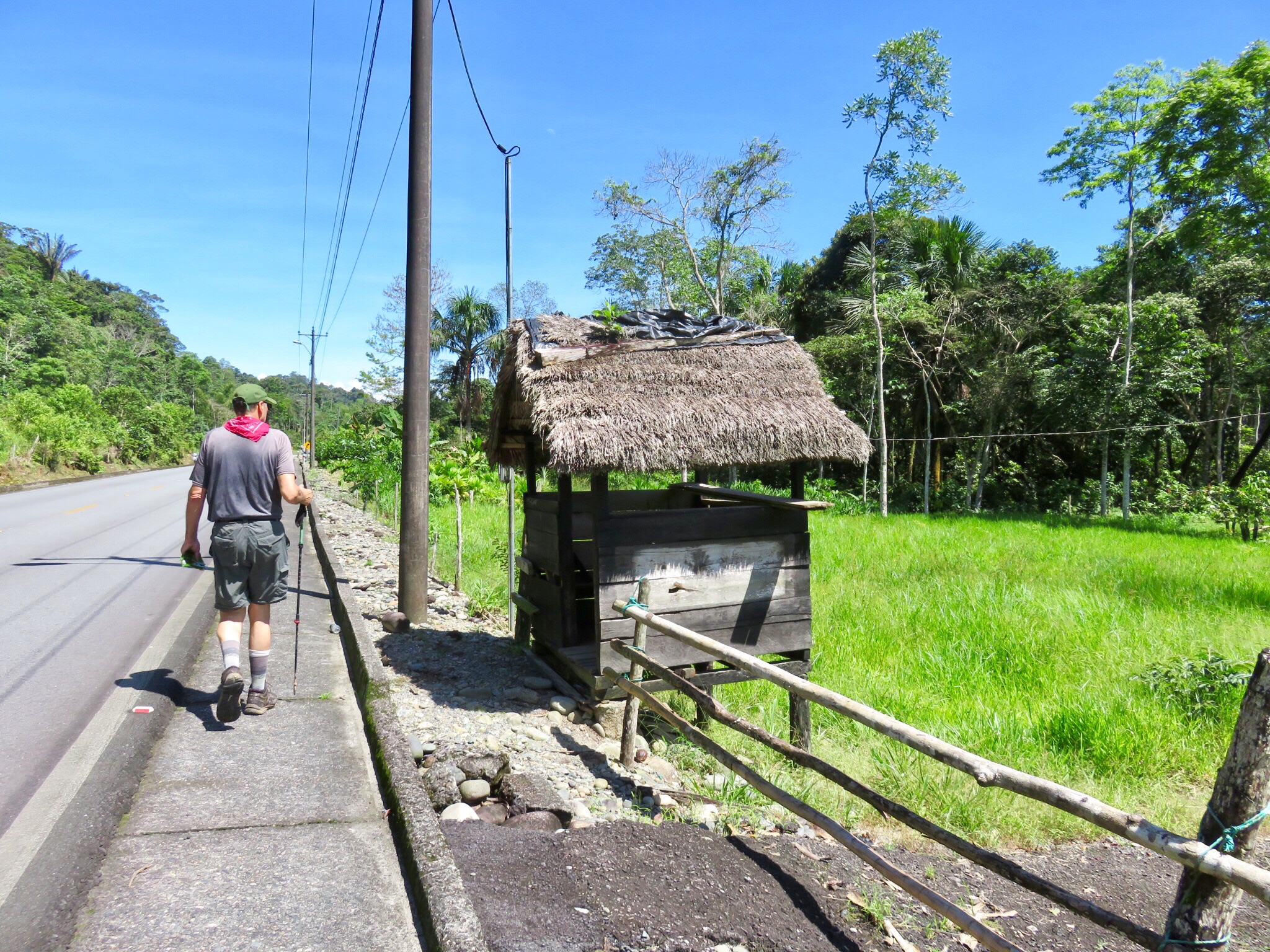 This one is also a shop. There was not much on offer, mainly warm bottles of Big cola.
This one is also a shop. There was not much on offer, mainly warm bottles of Big cola.
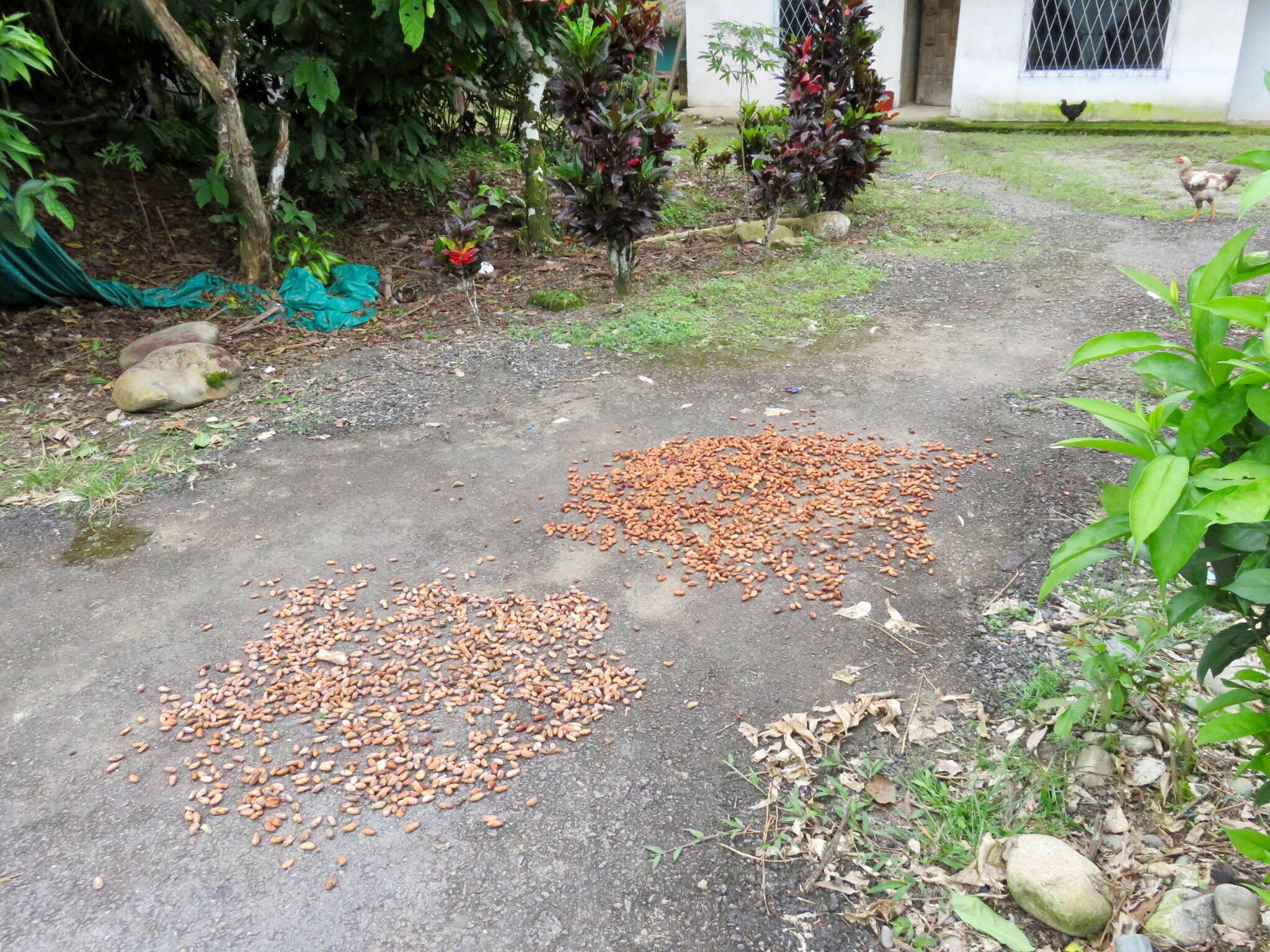
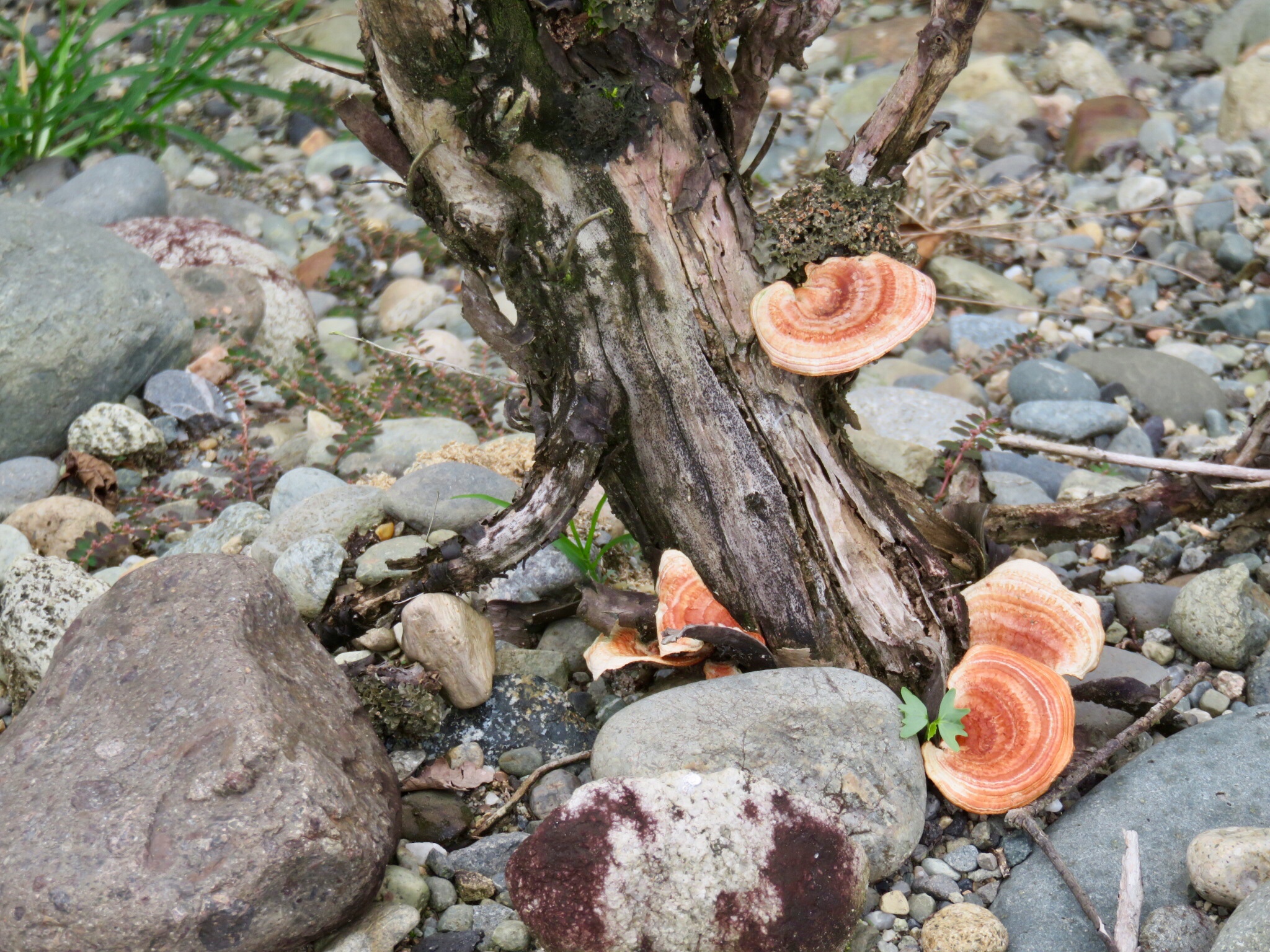
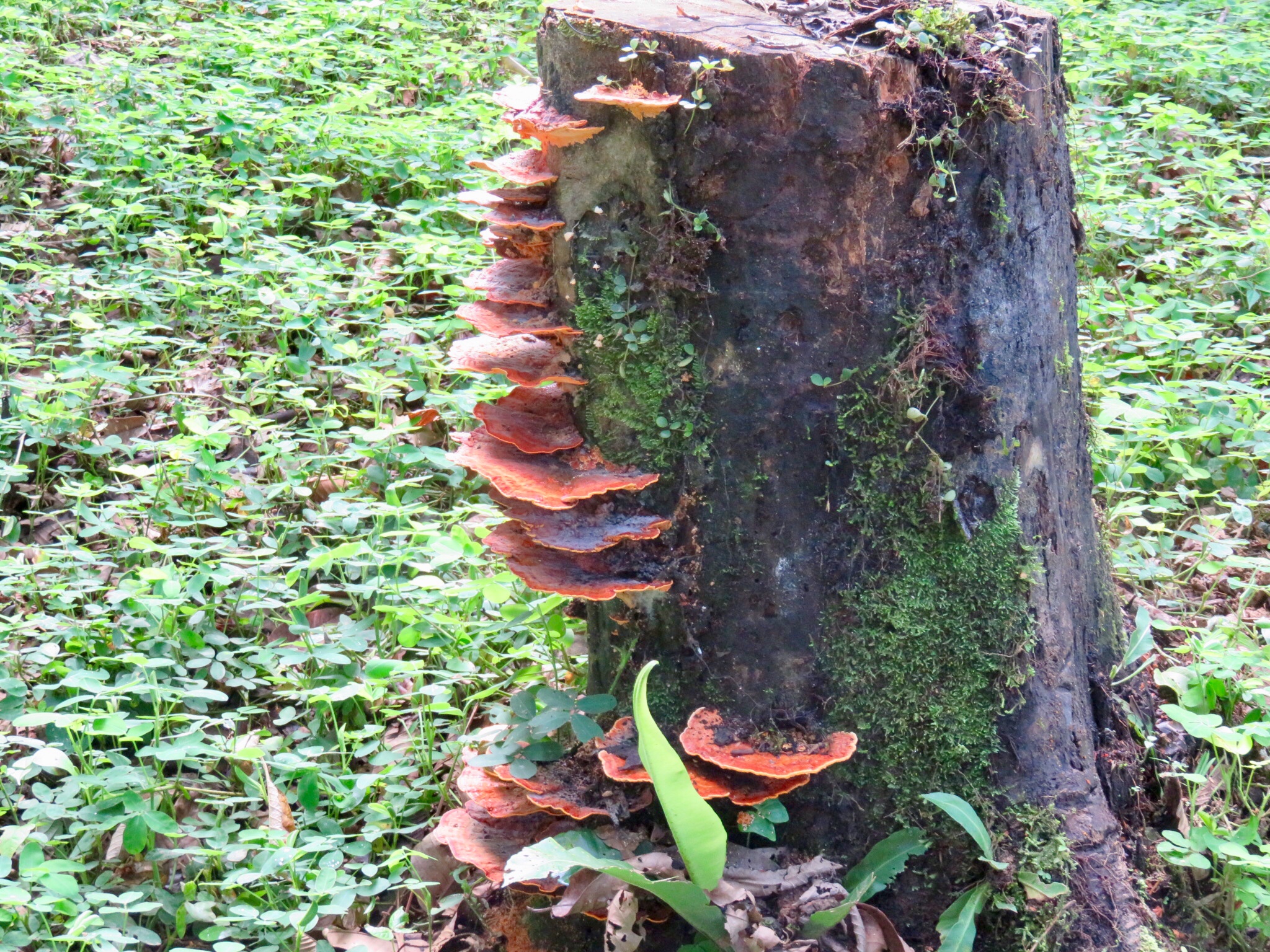
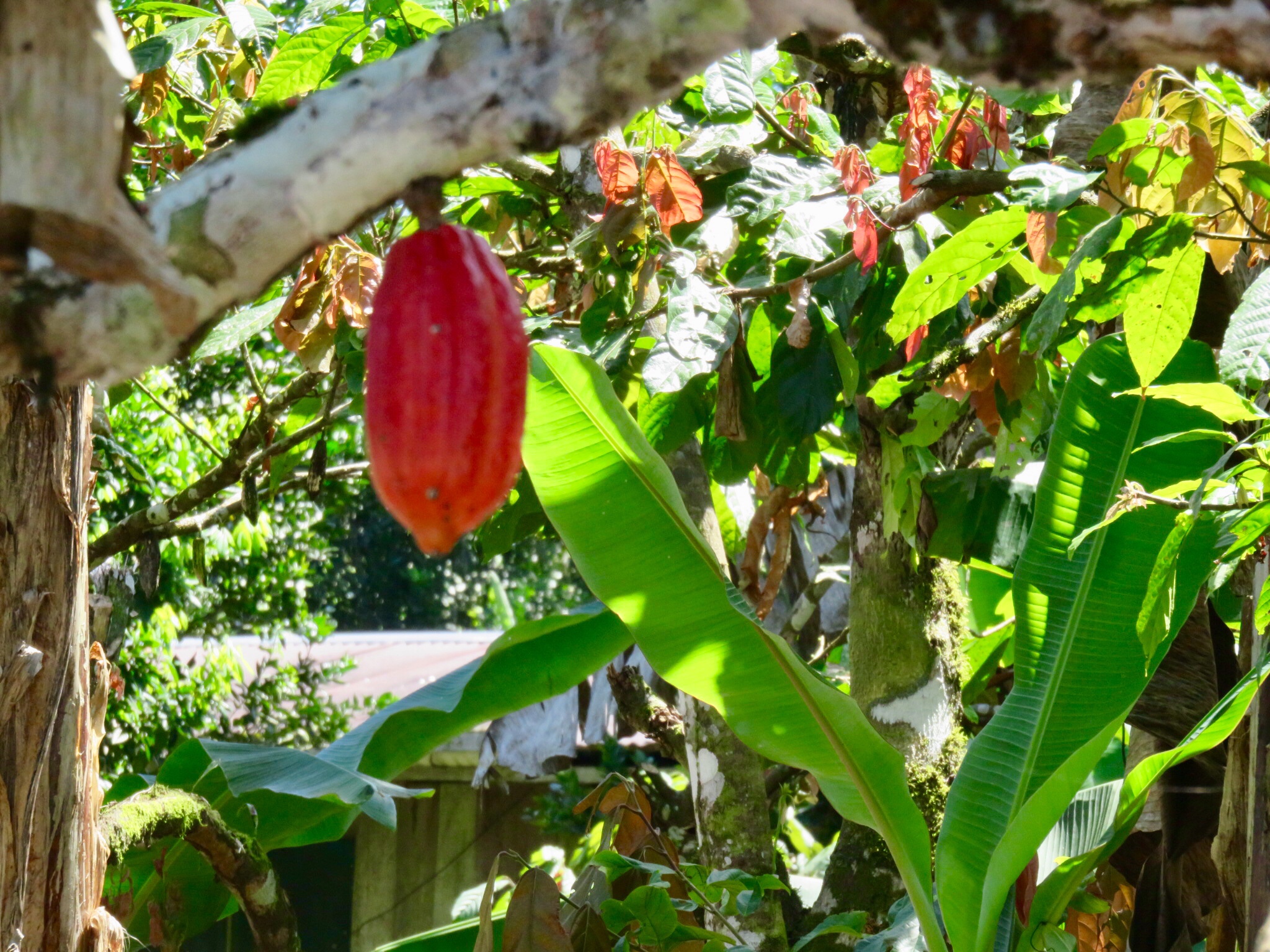
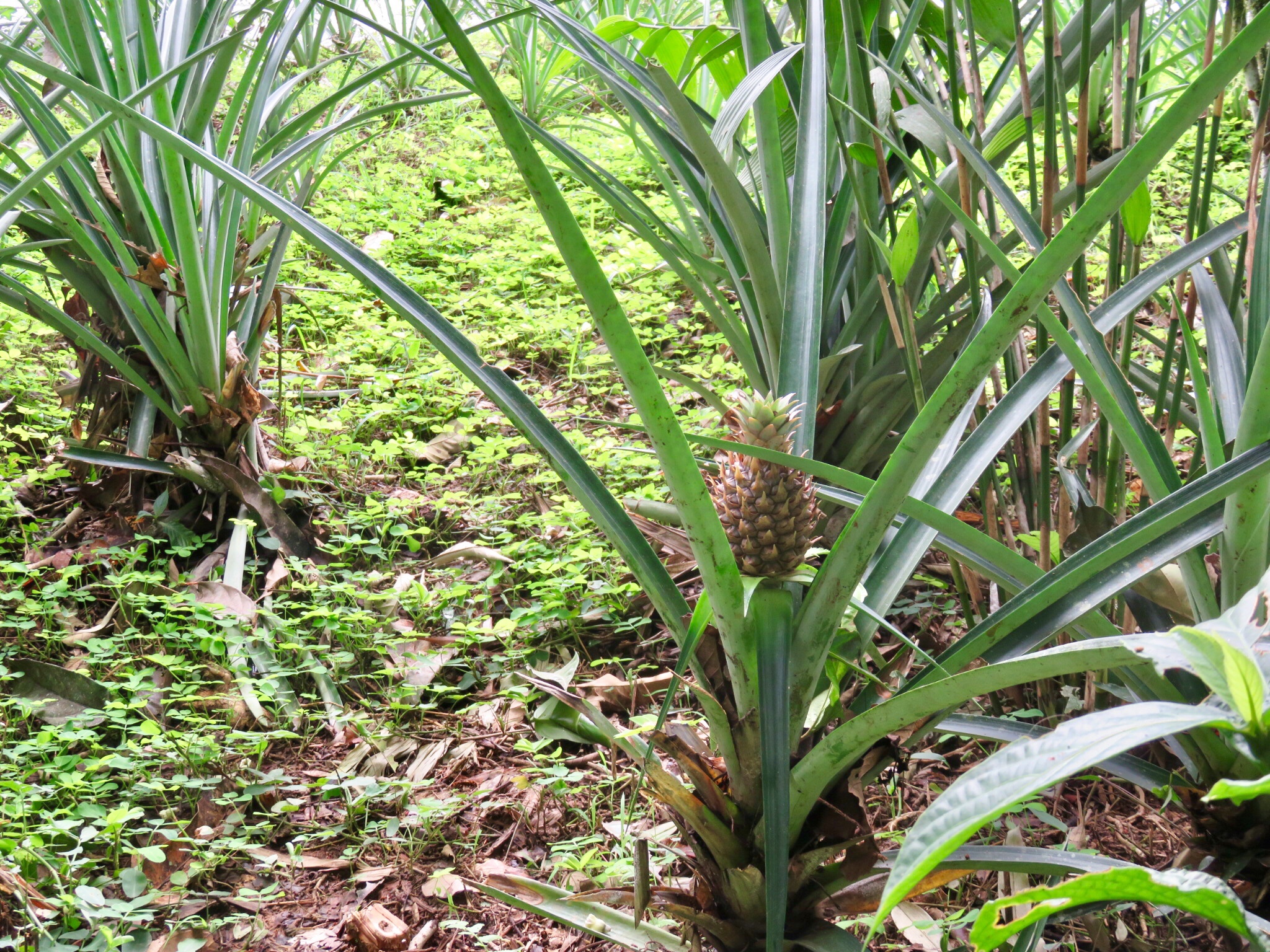
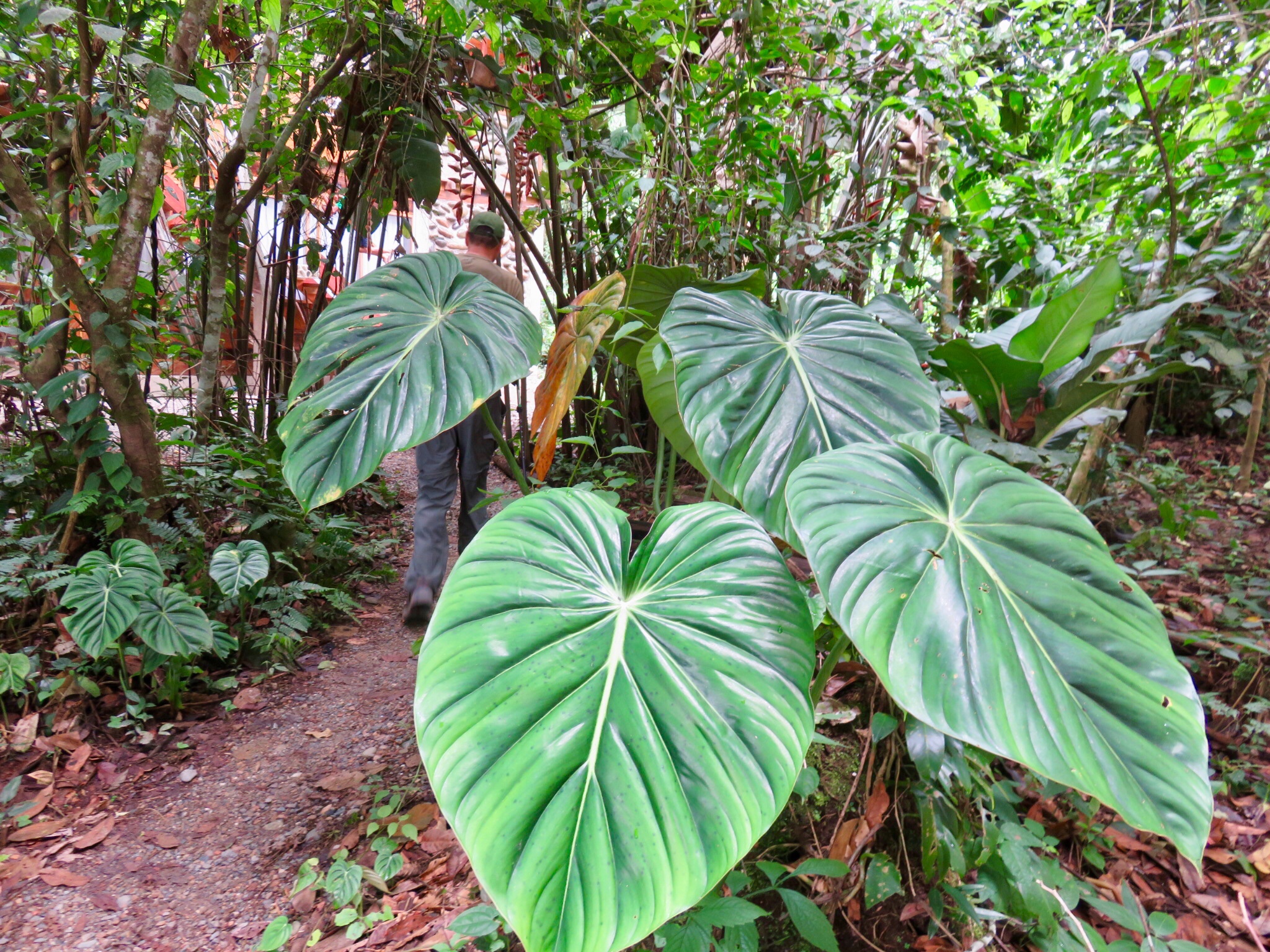
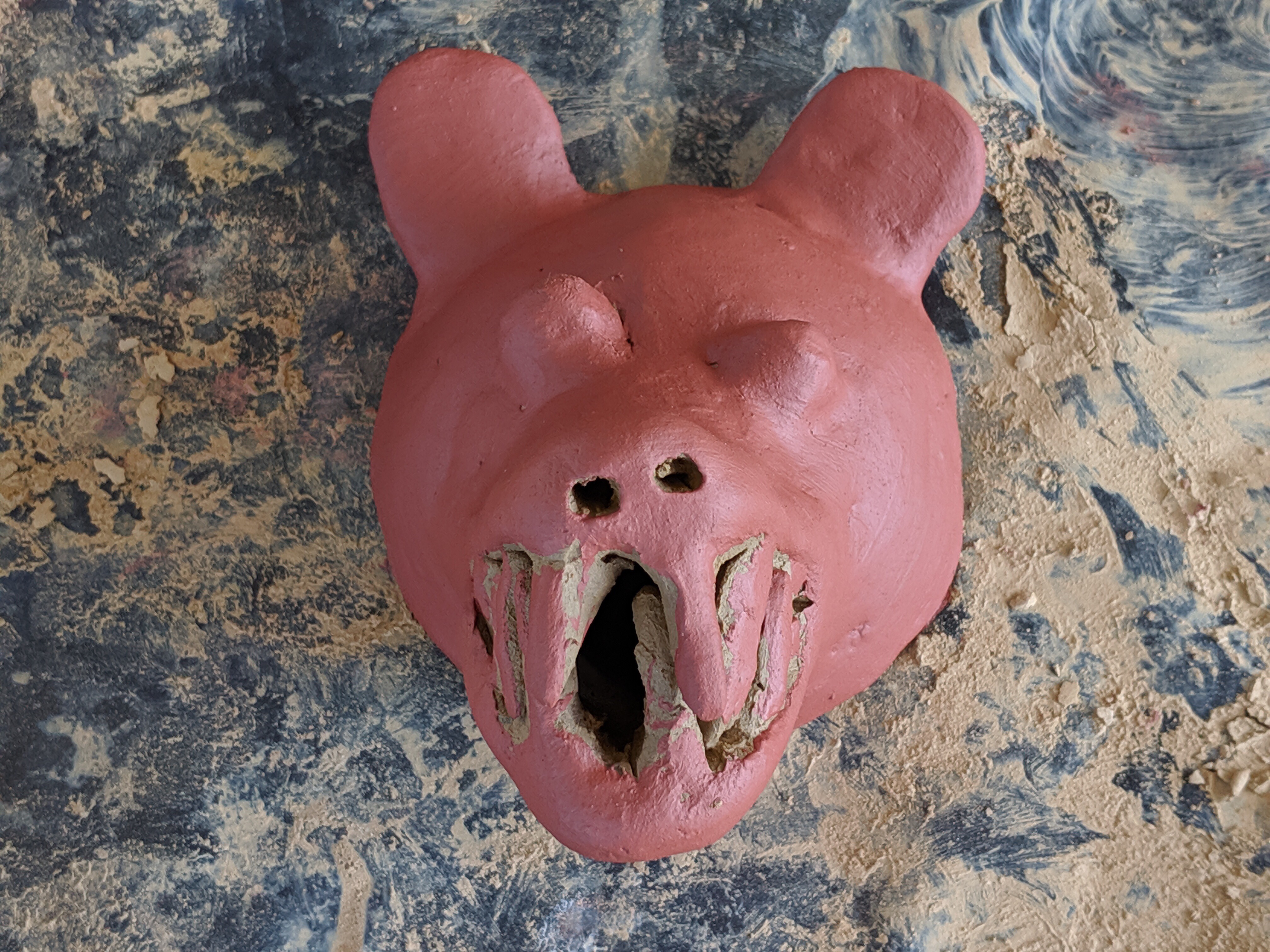
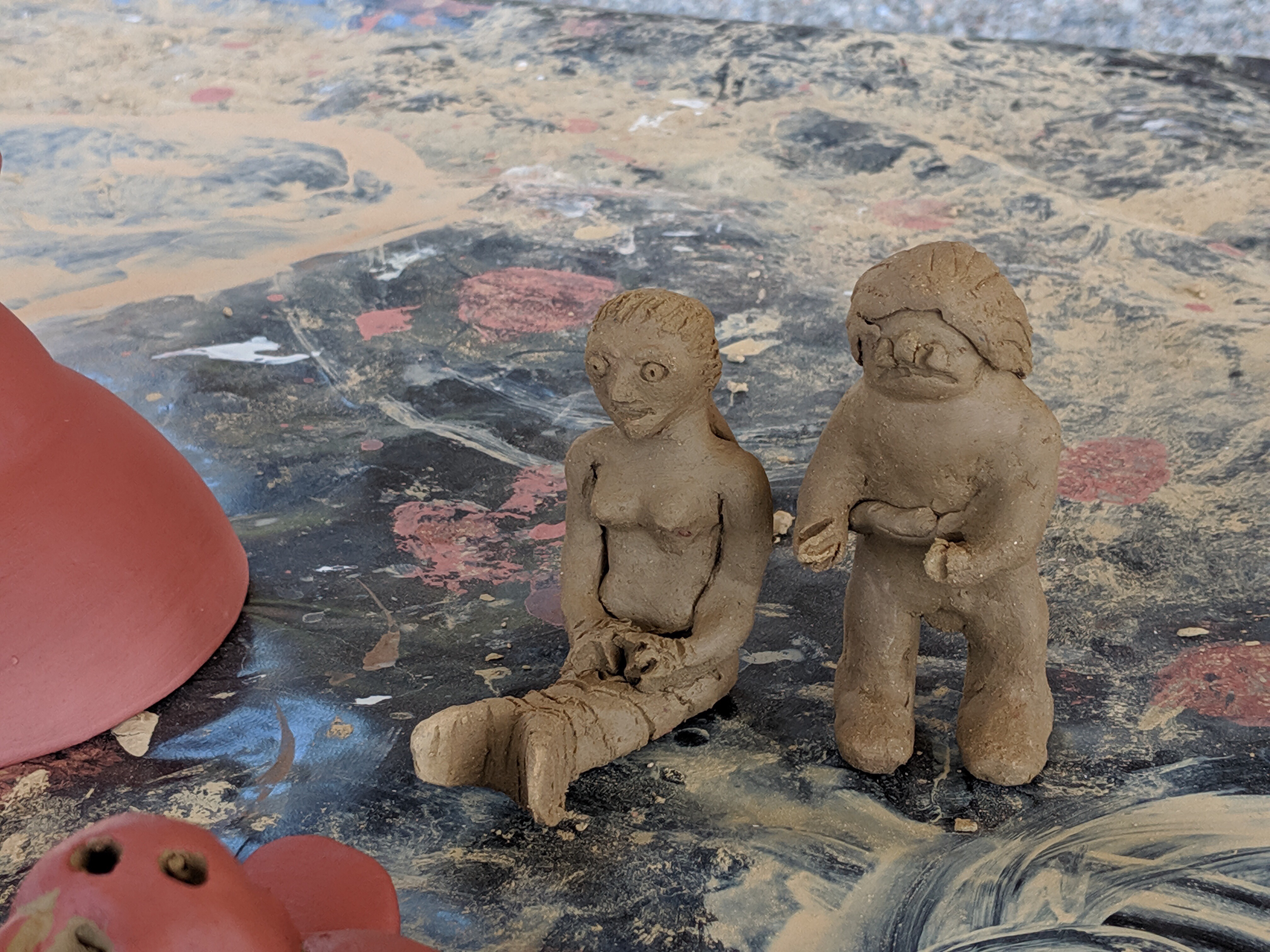
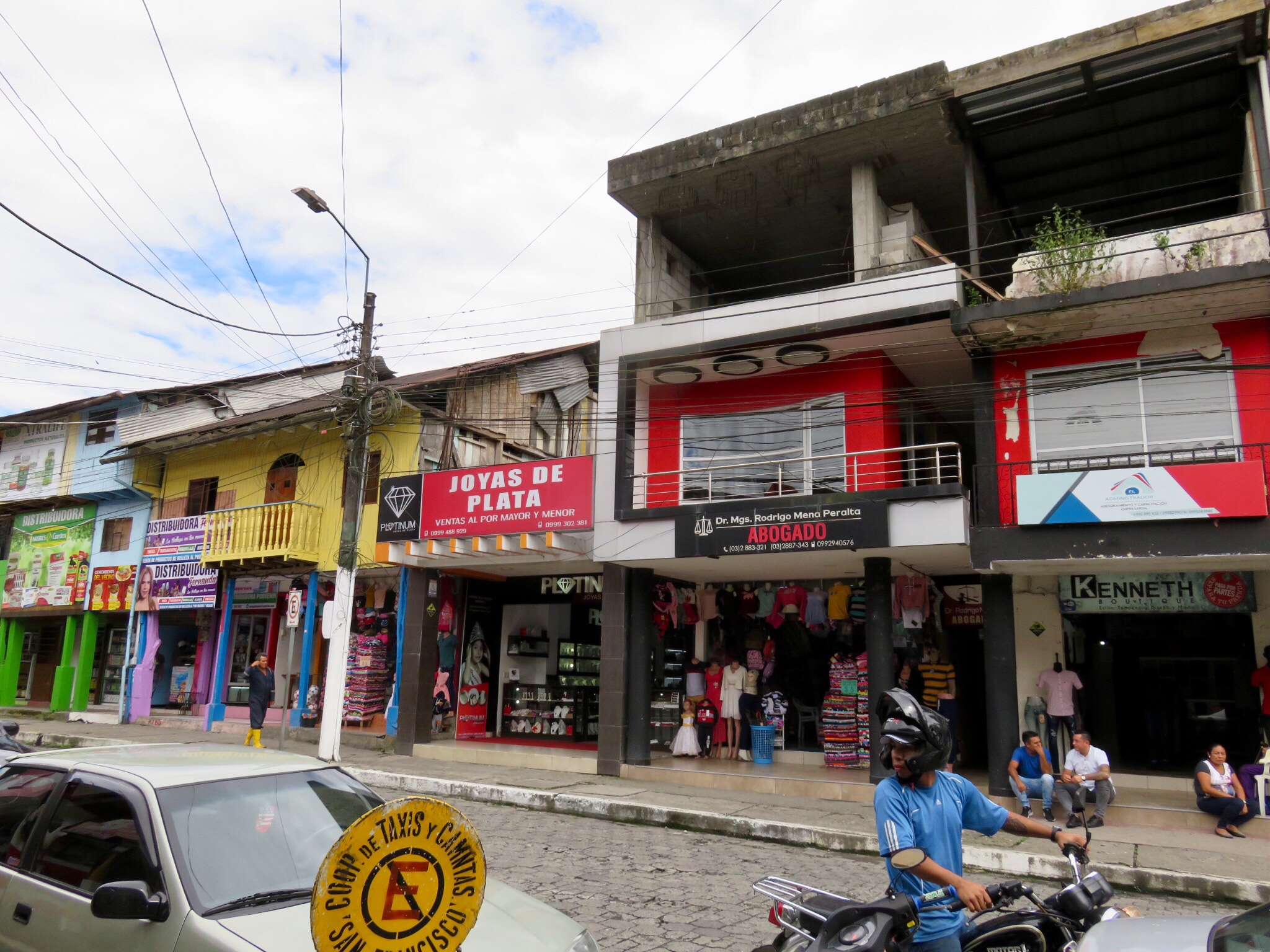 Our very nice hotel is right on the main street, which is full of little shops and eateries. We will be here three nights, which should give us more than enough time to see what Puyo has to offer. This is not a tourist town, so we will see. Stay tuned!
Our very nice hotel is right on the main street, which is full of little shops and eateries. We will be here three nights, which should give us more than enough time to see what Puyo has to offer. This is not a tourist town, so we will see. Stay tuned! 
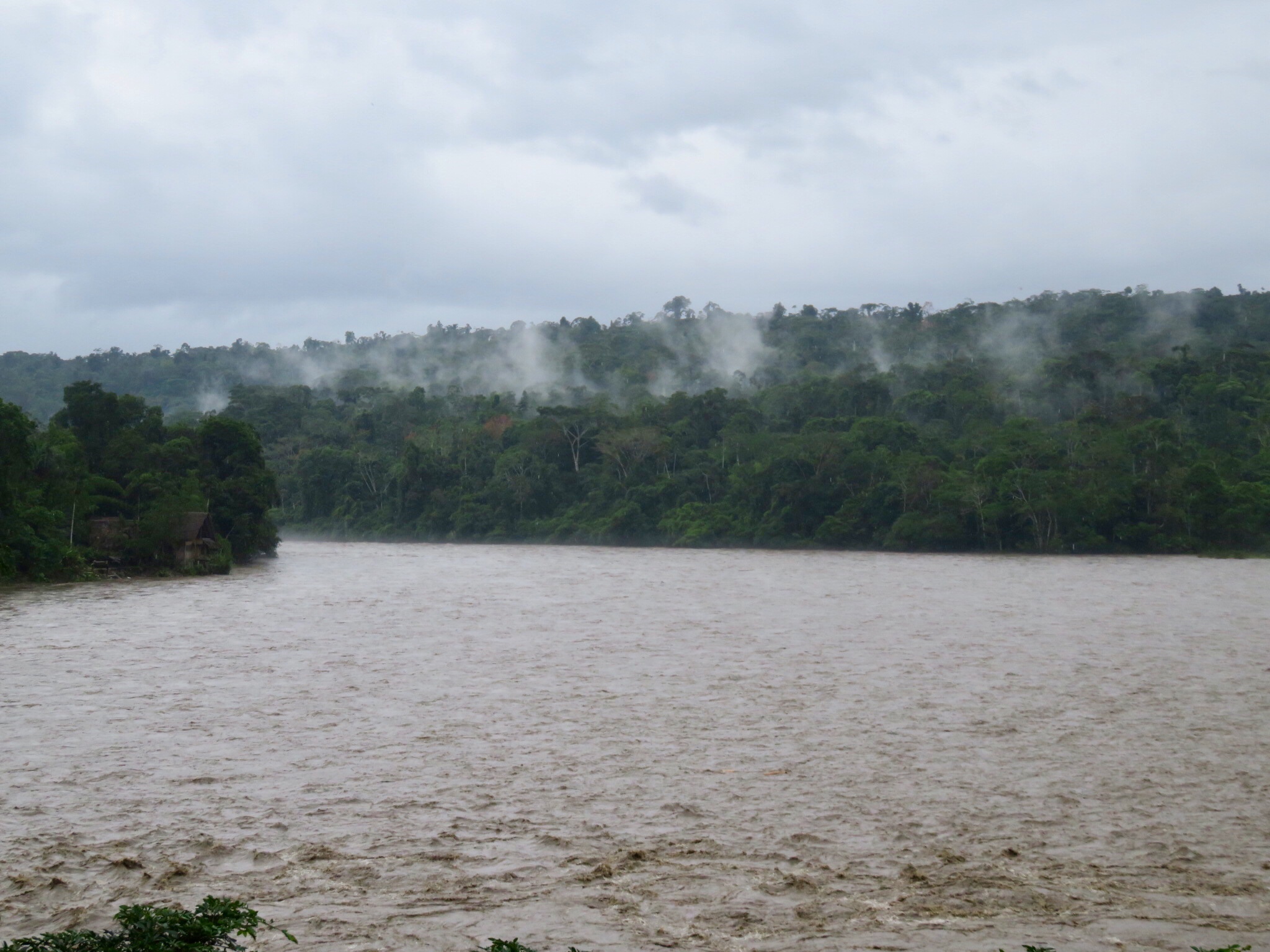





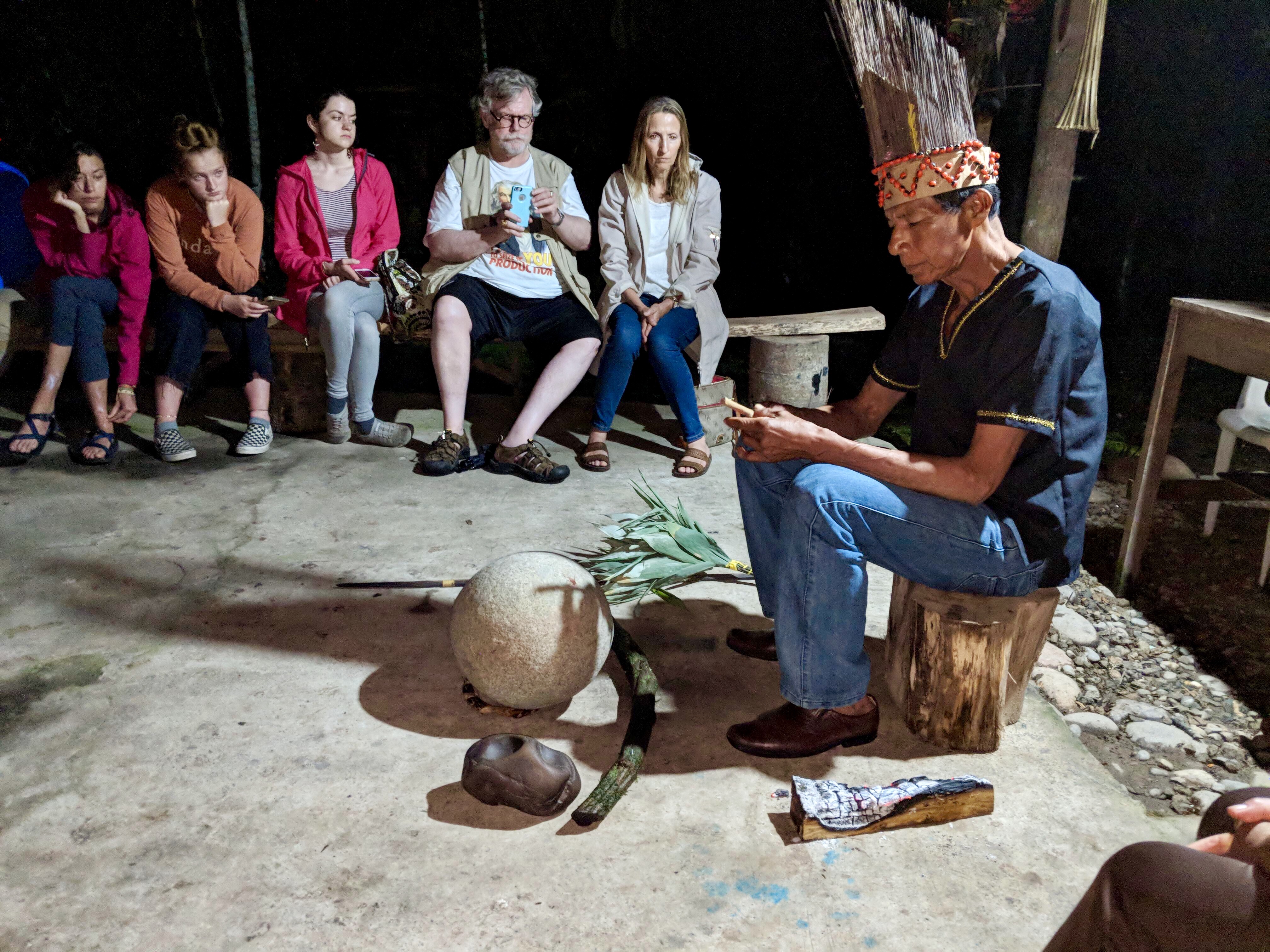

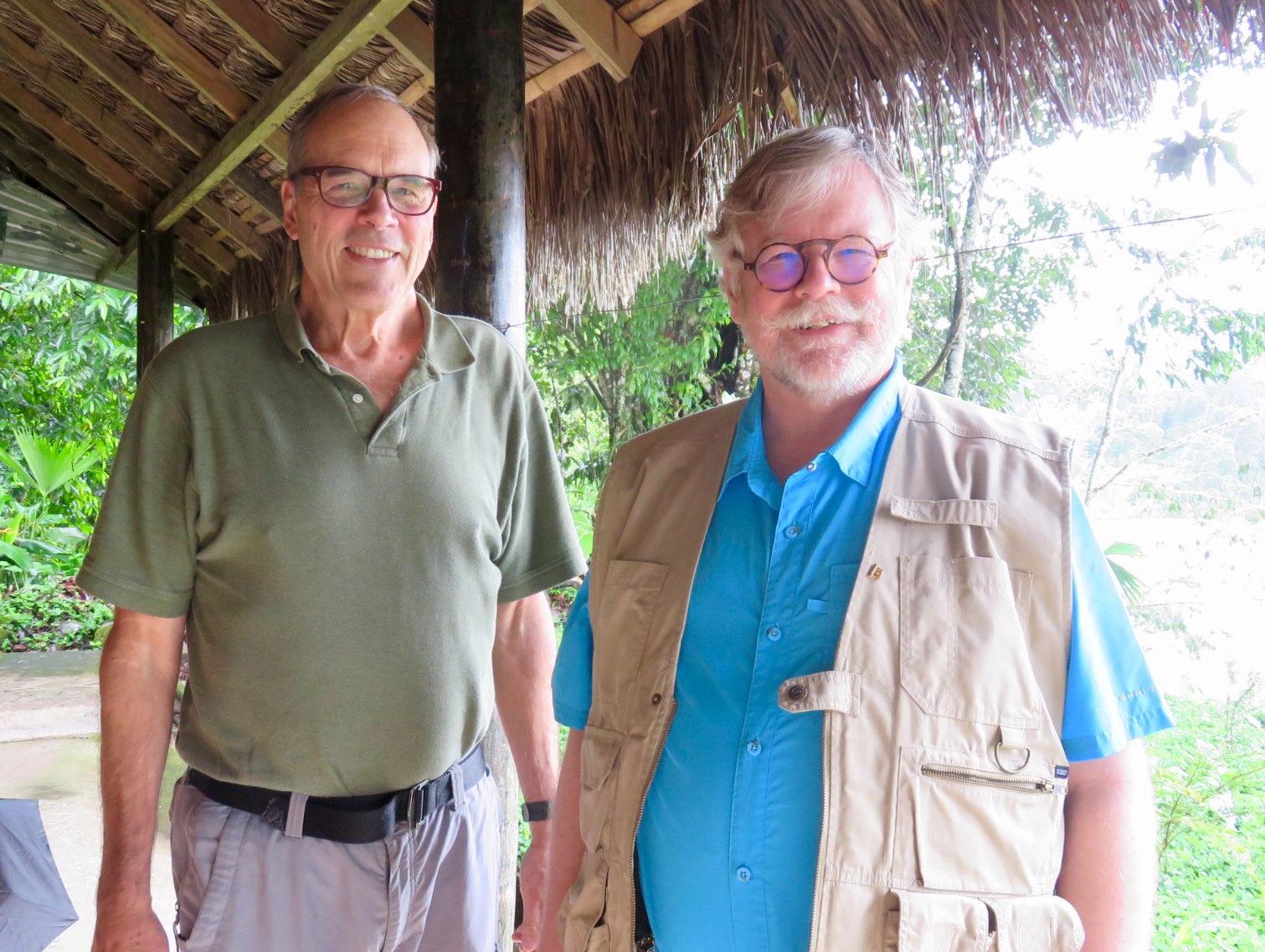
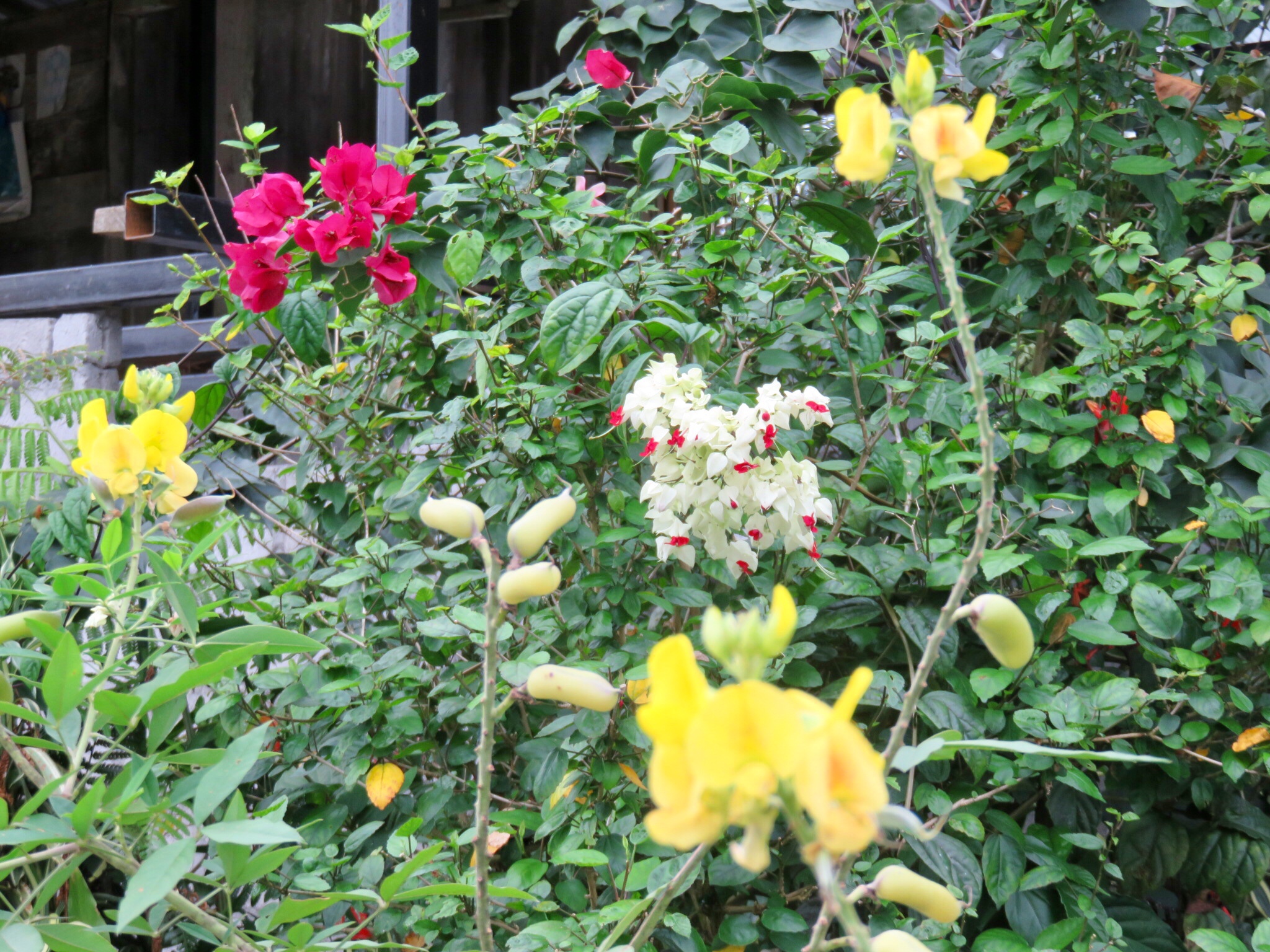



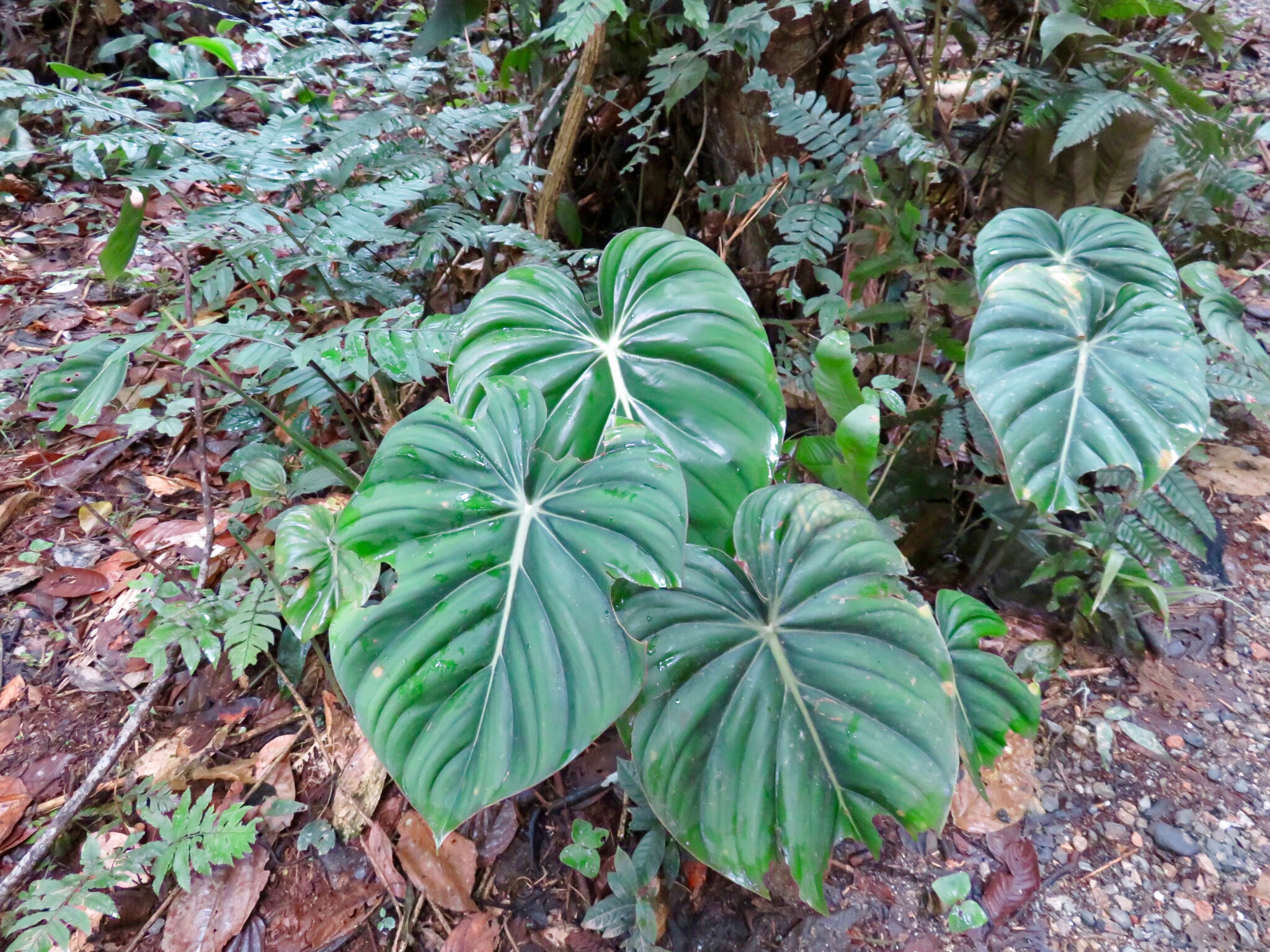
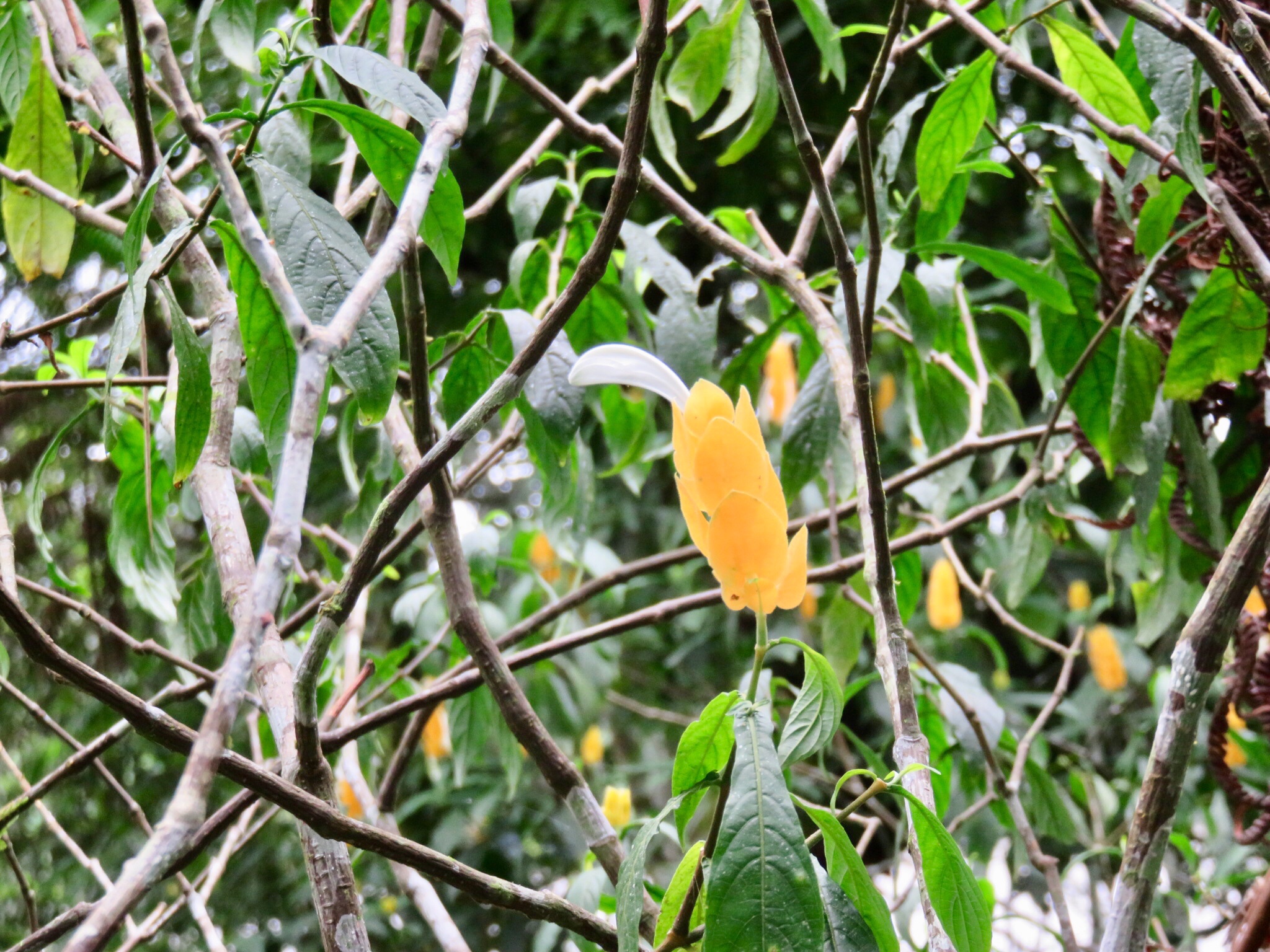

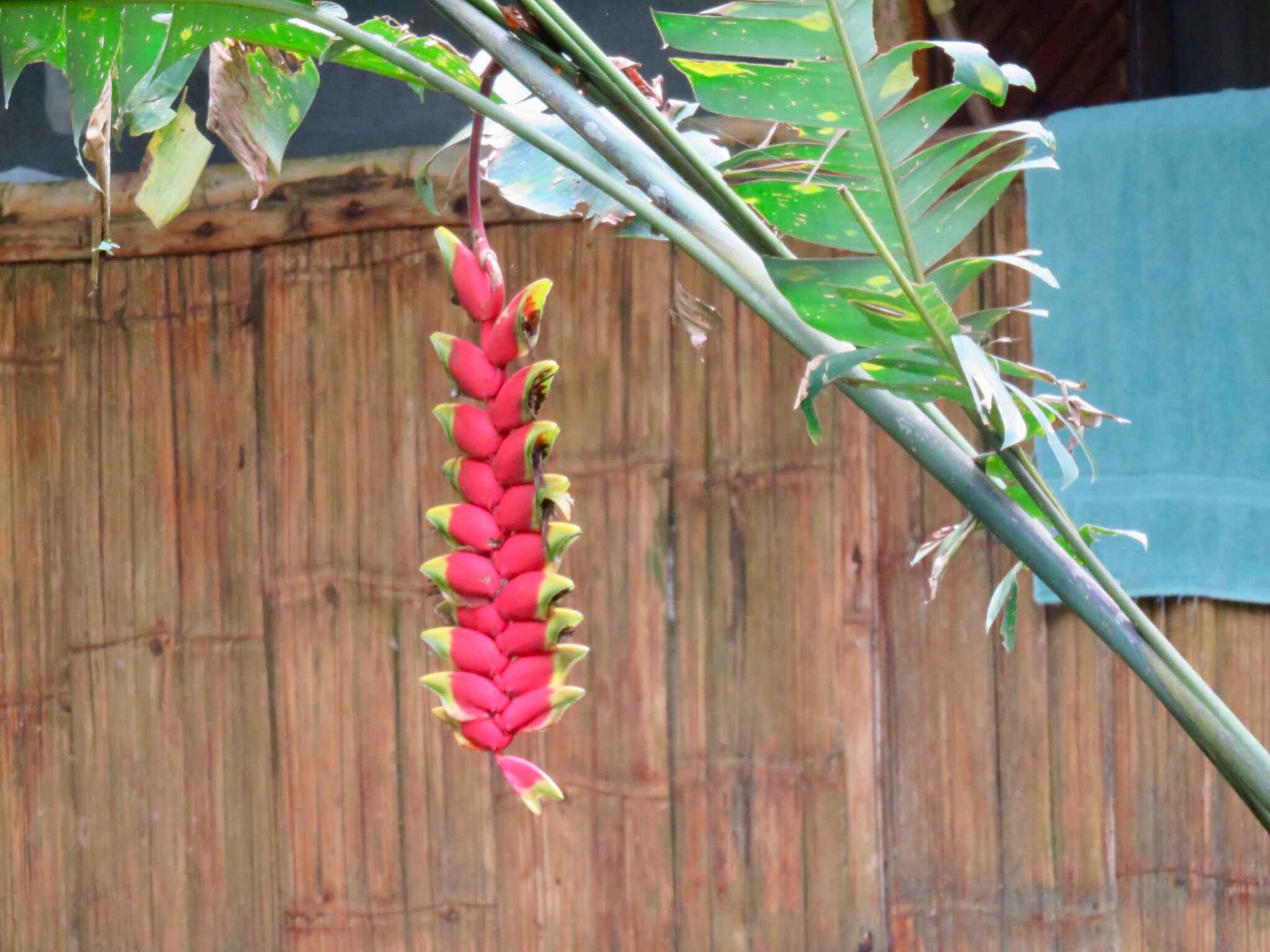 Tomorrow, an adventure!
Tomorrow, an adventure! 



 We are here for just a day, prior to meeting up with Jim’s professor colleague tomorrow.
We are here for just a day, prior to meeting up with Jim’s professor colleague tomorrow.










 Here is a ceibo tree, where elves and fairies – the guardians of the forest – were thought to live.
Here is a ceibo tree, where elves and fairies – the guardians of the forest – were thought to live.




 Here’s some wall art:
Here’s some wall art:

